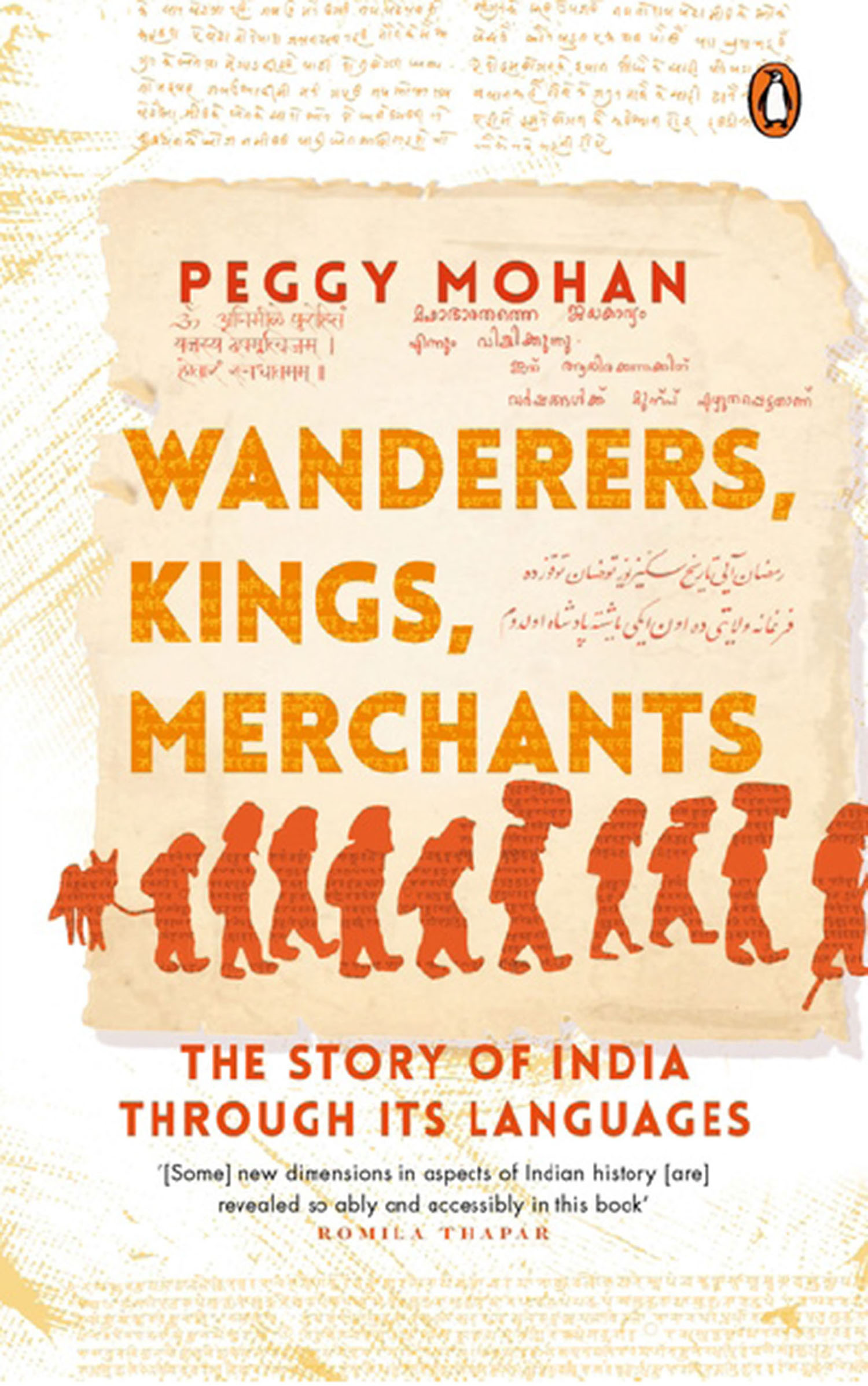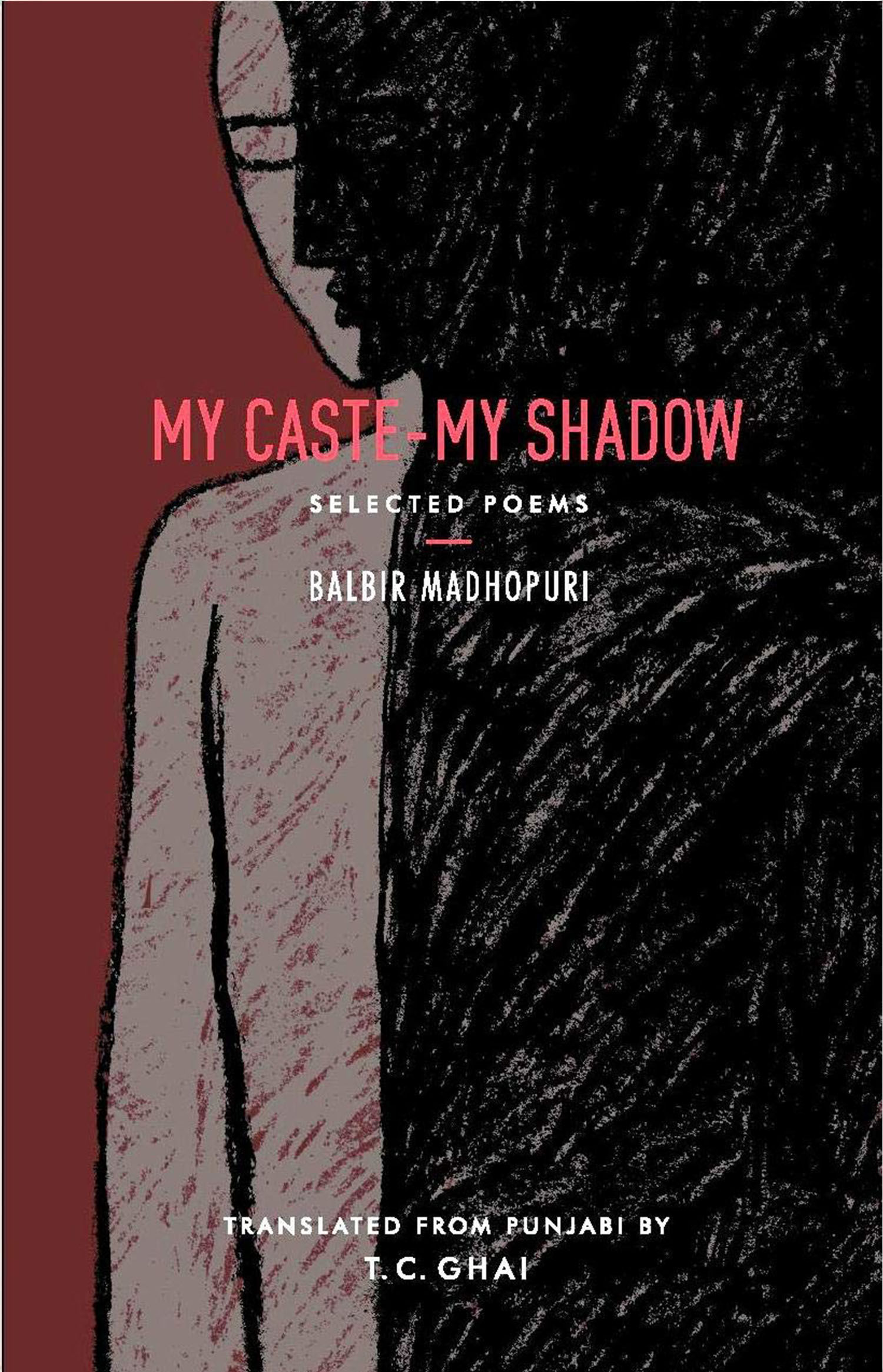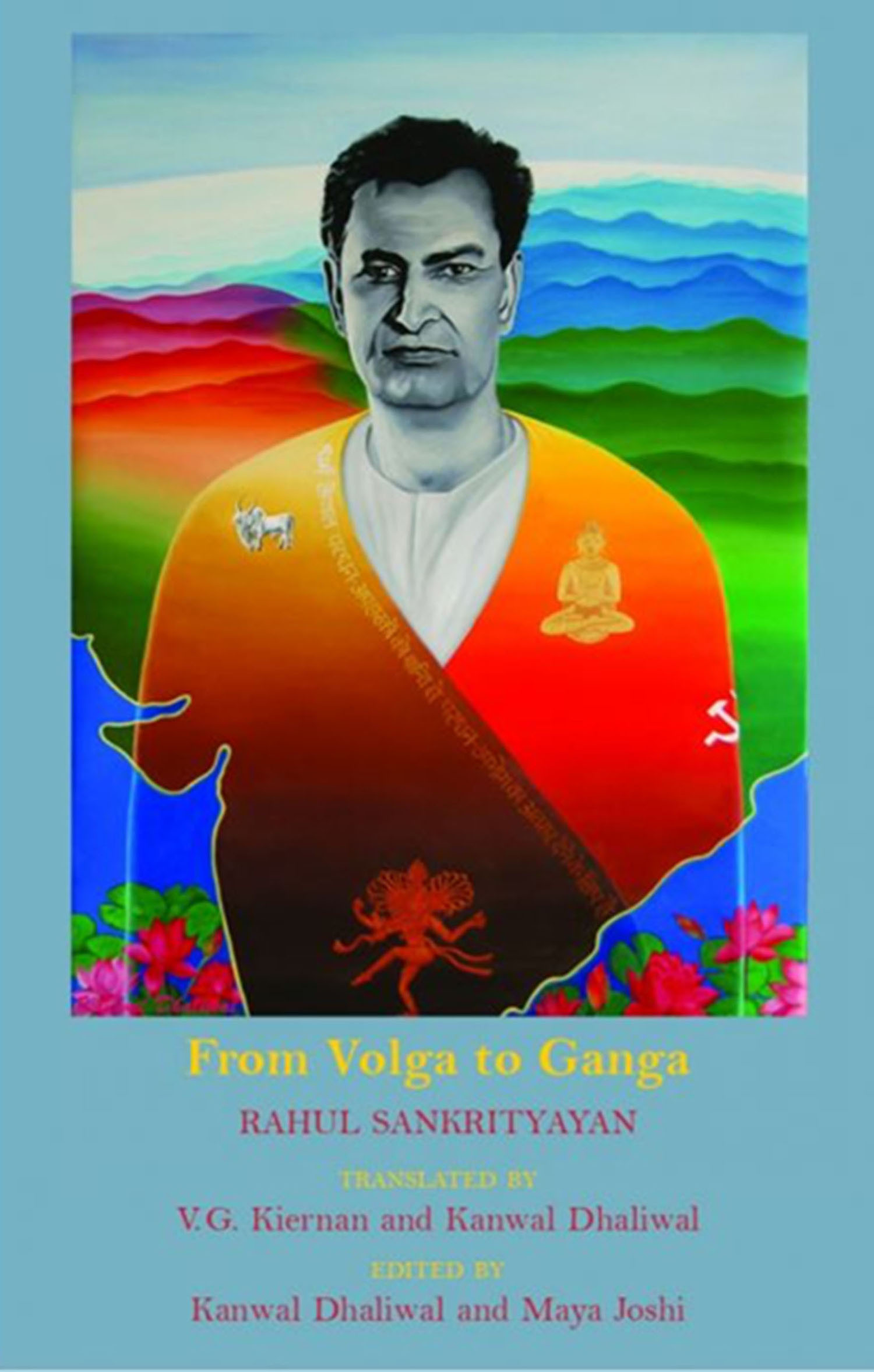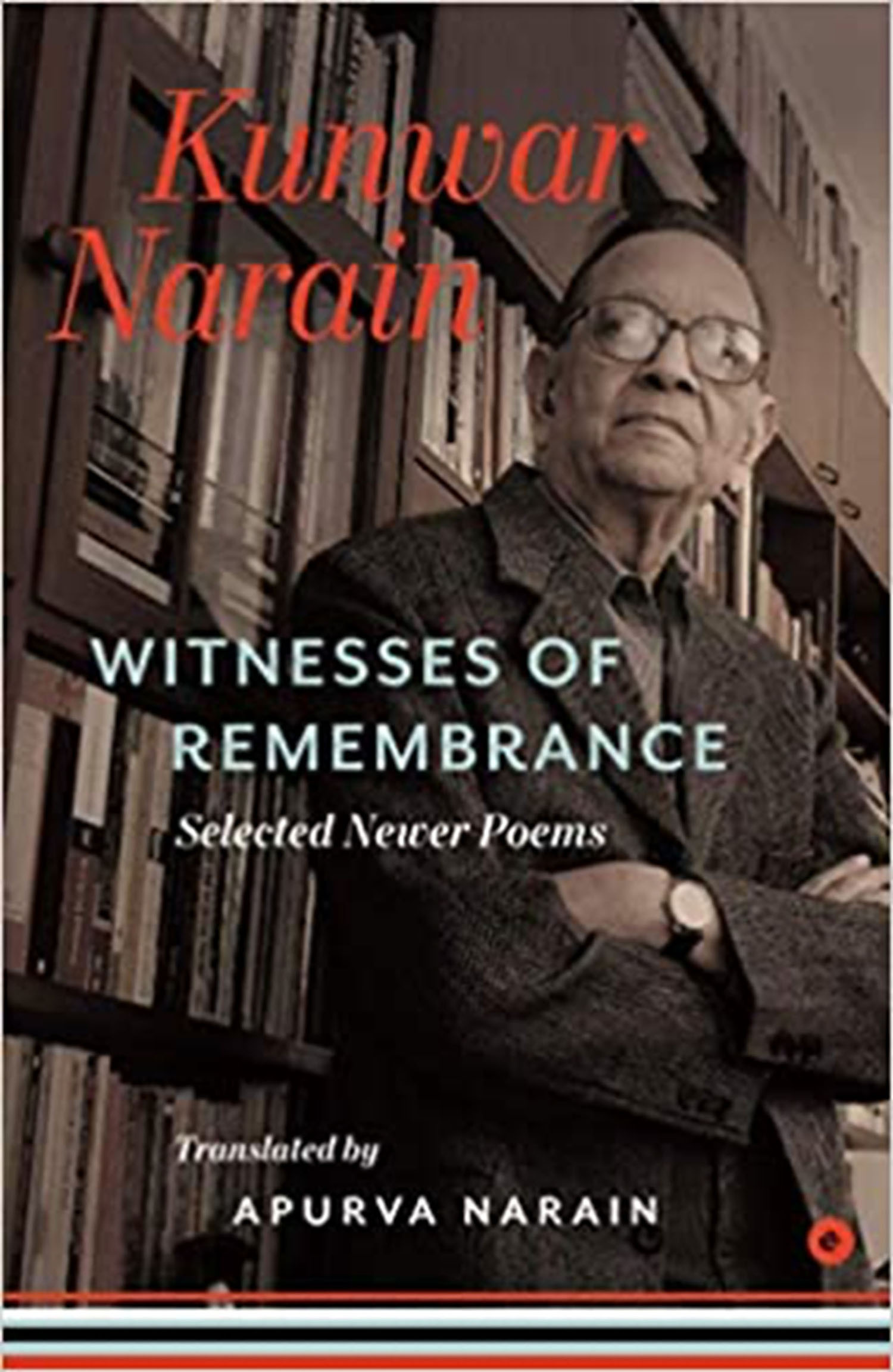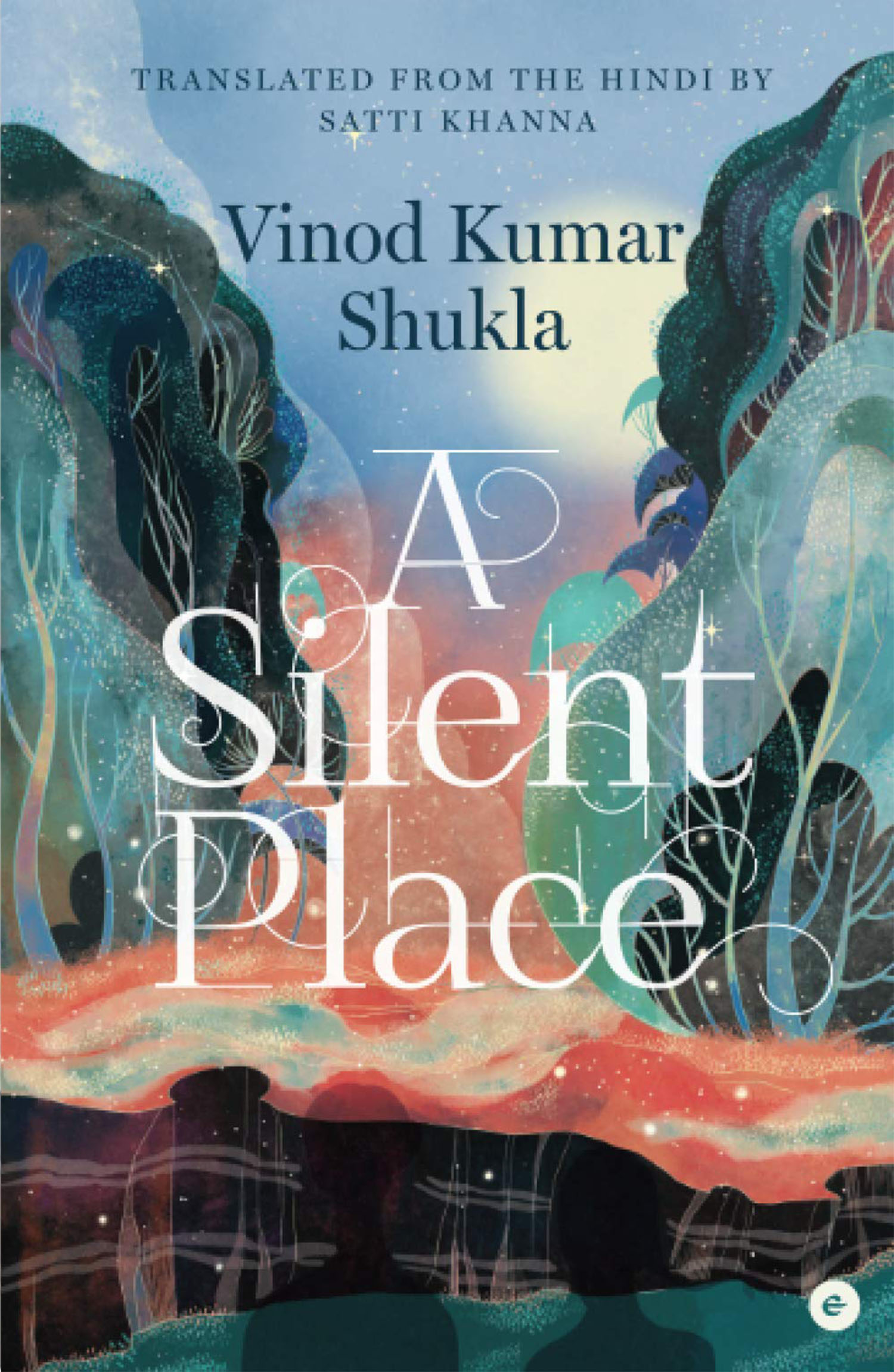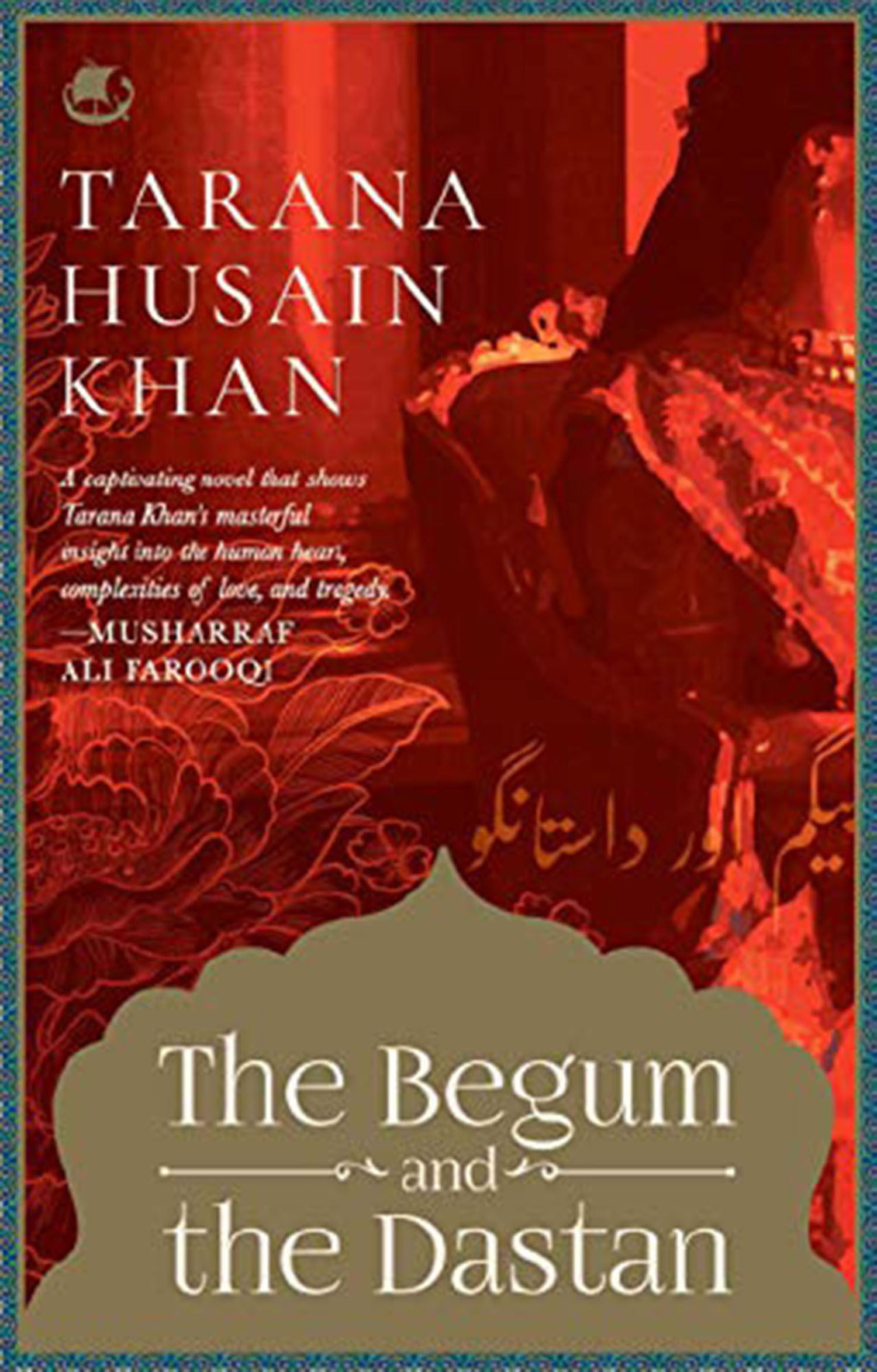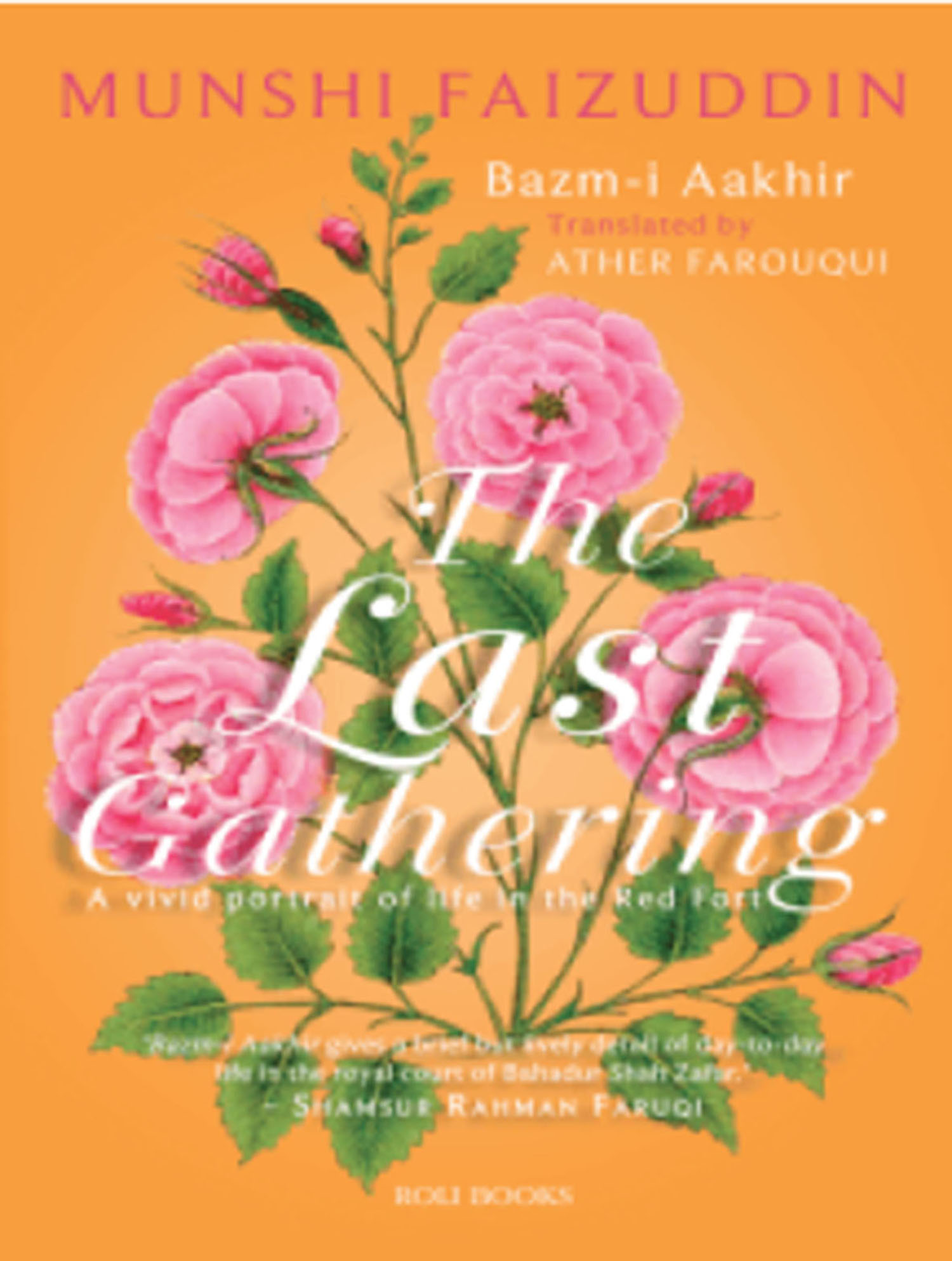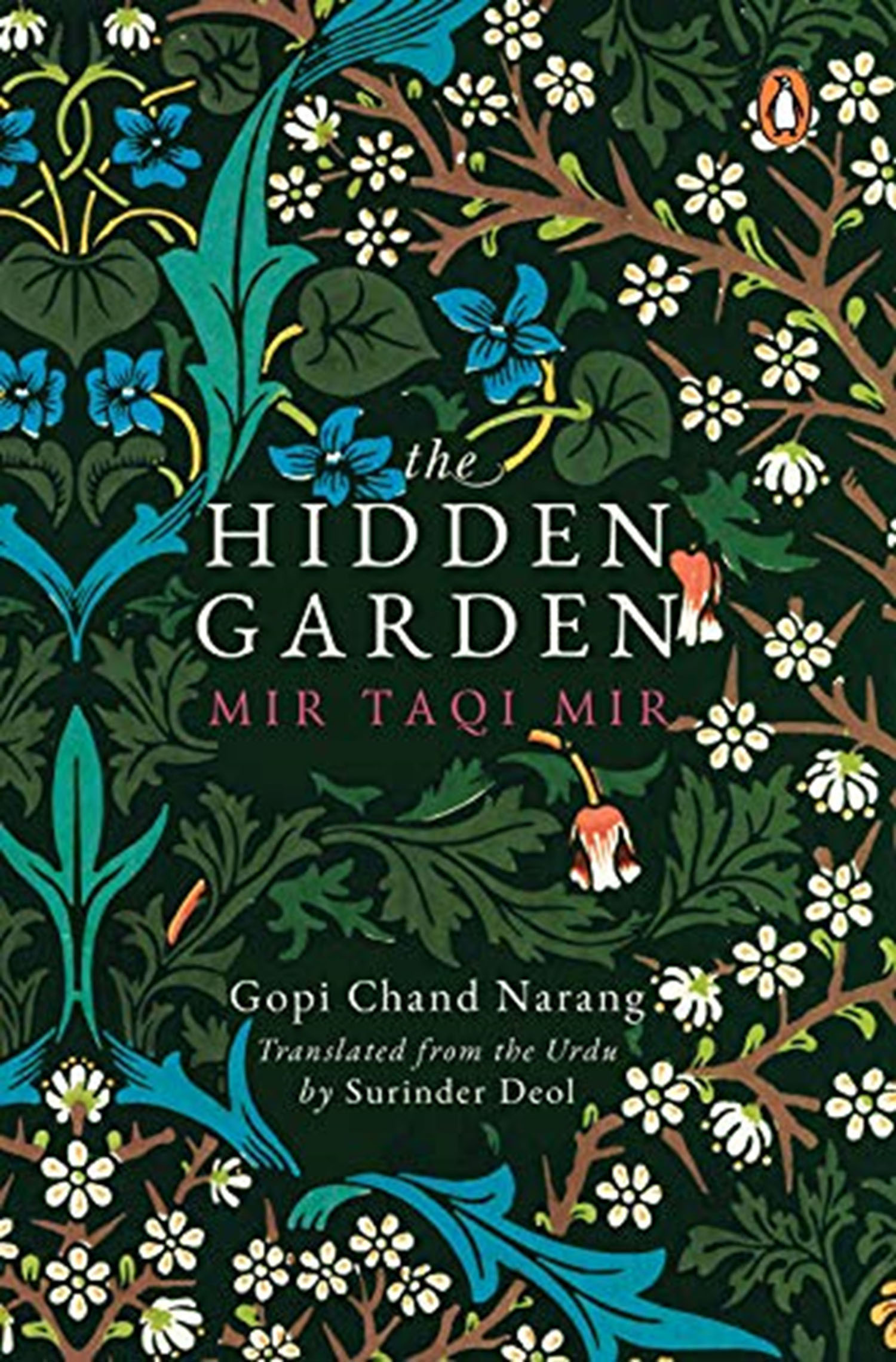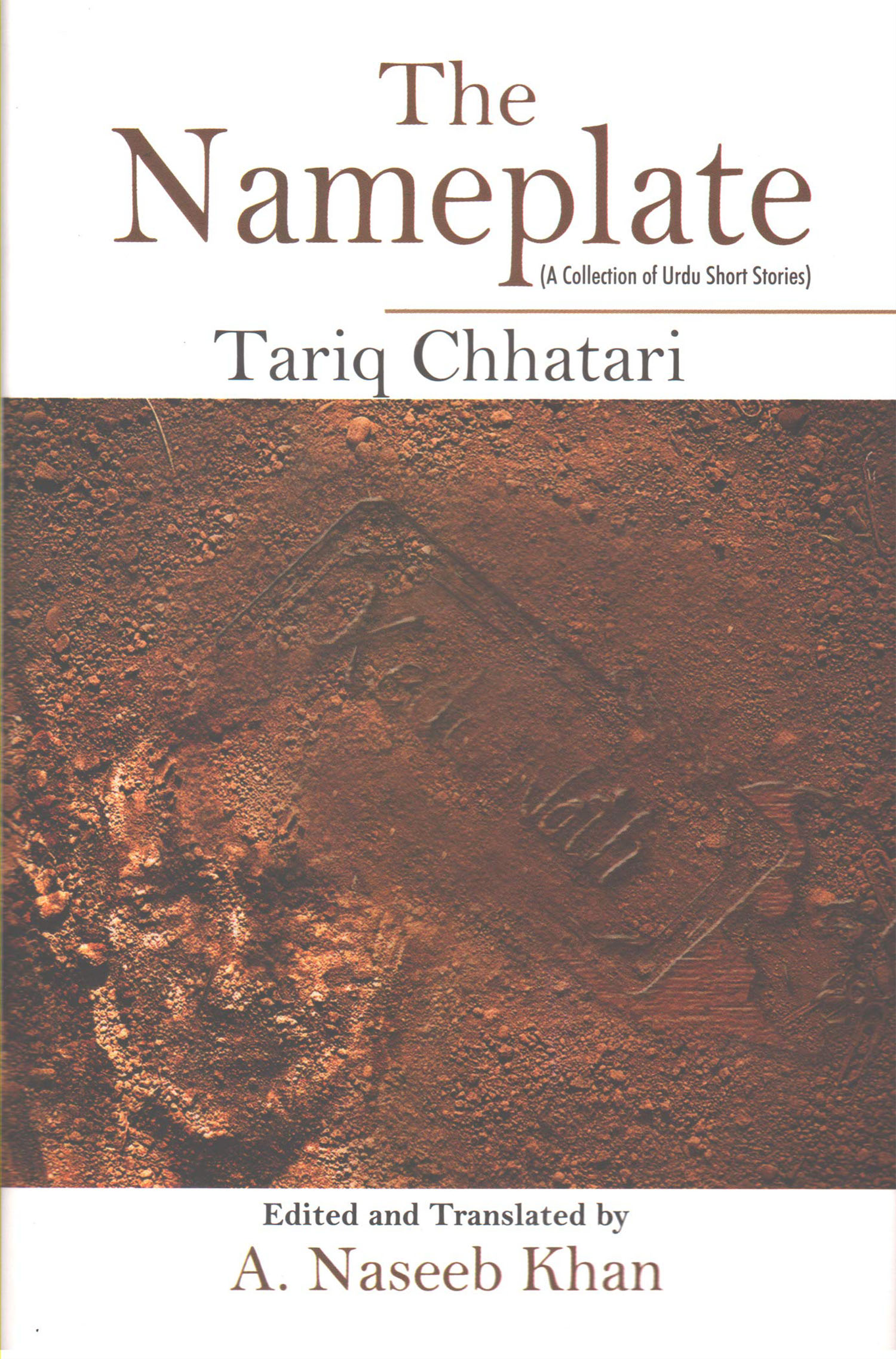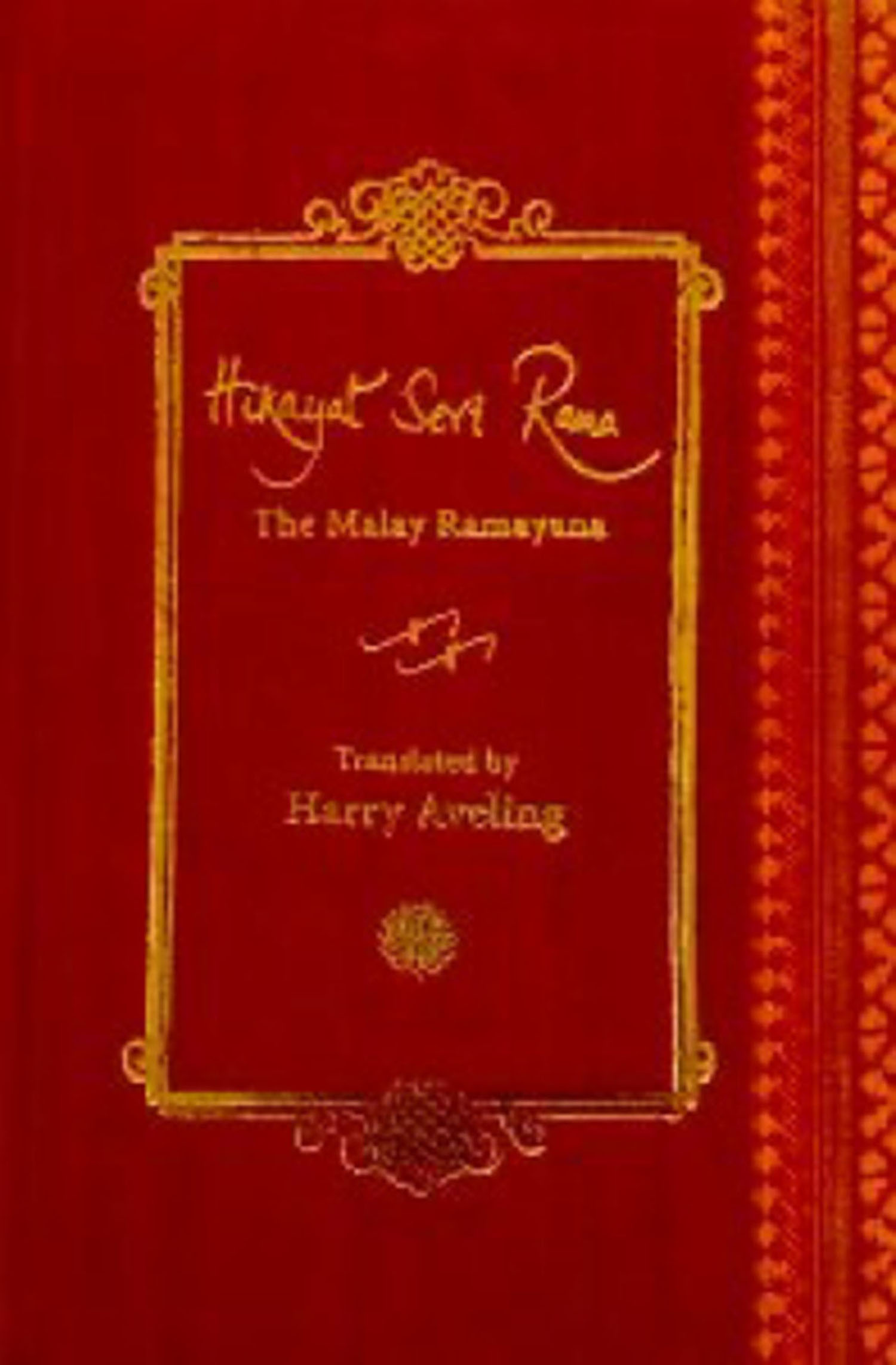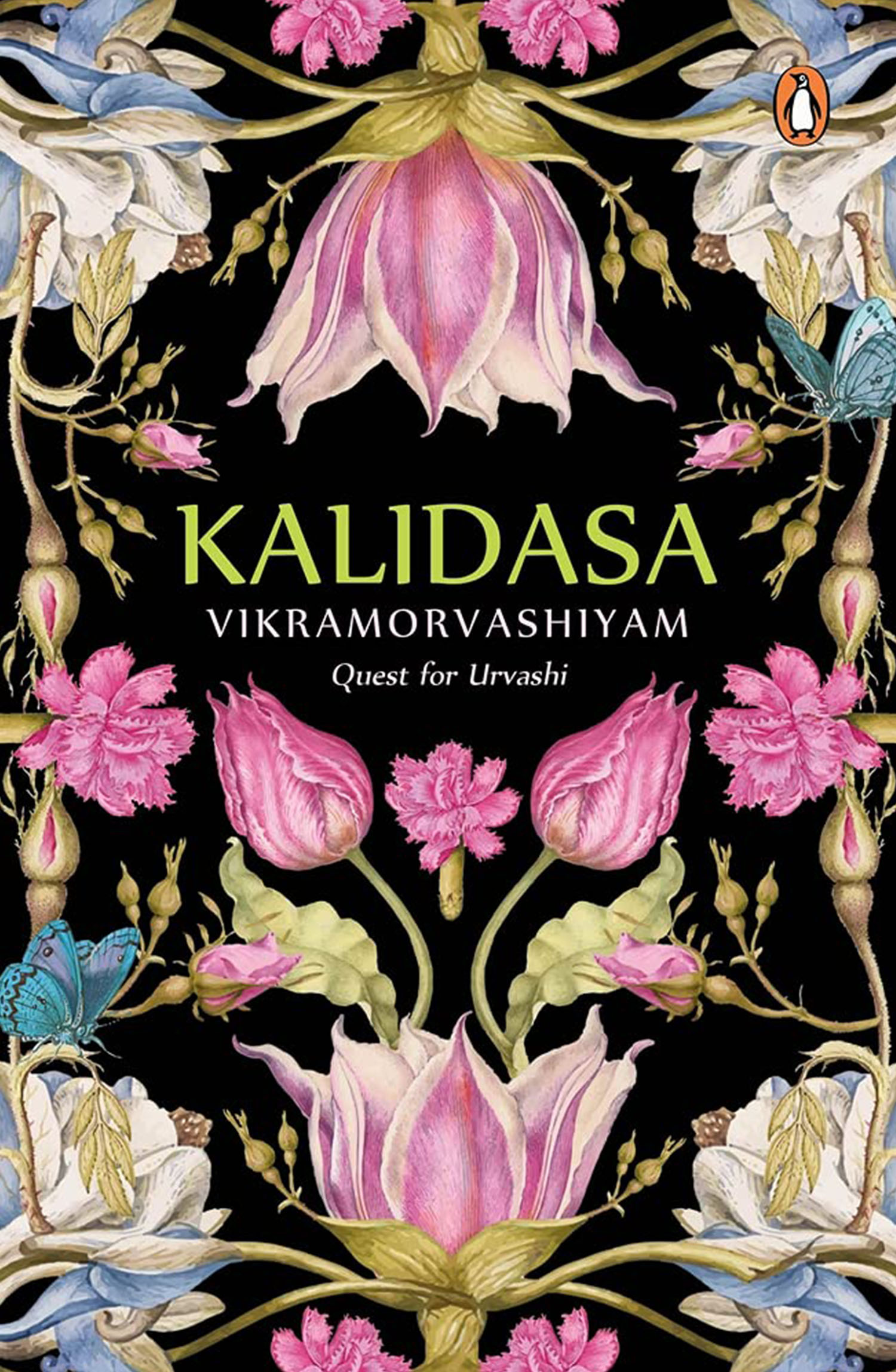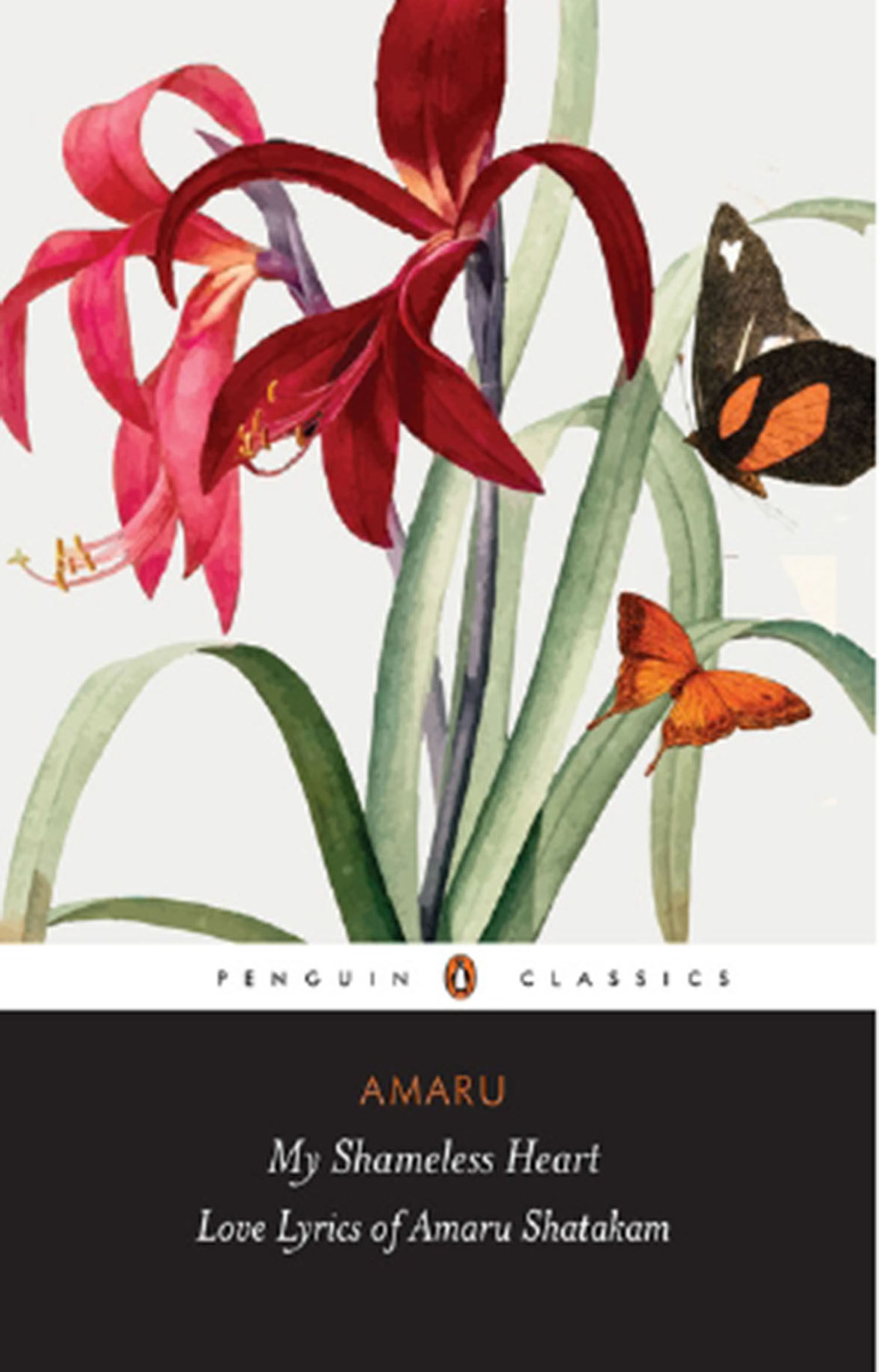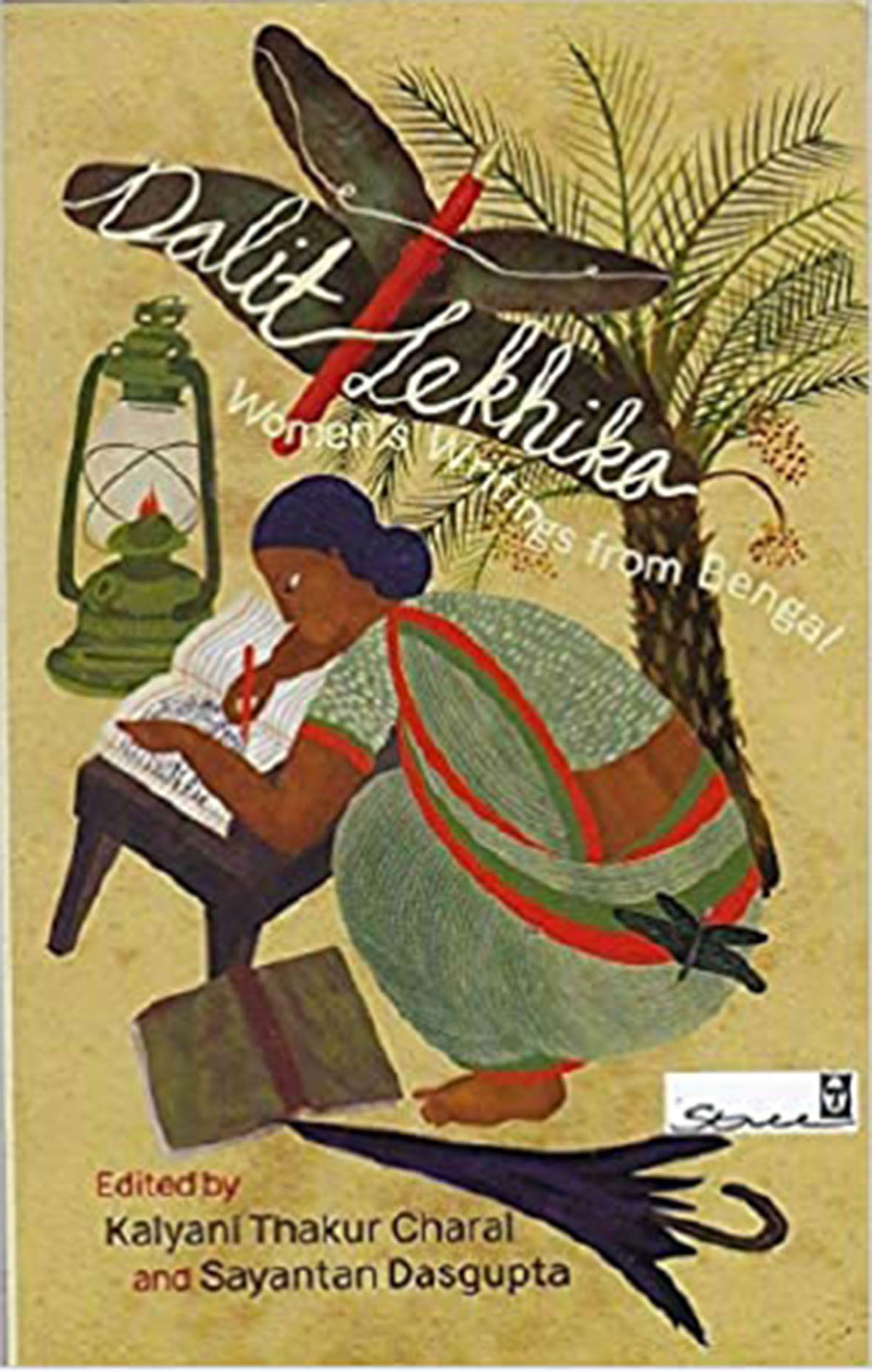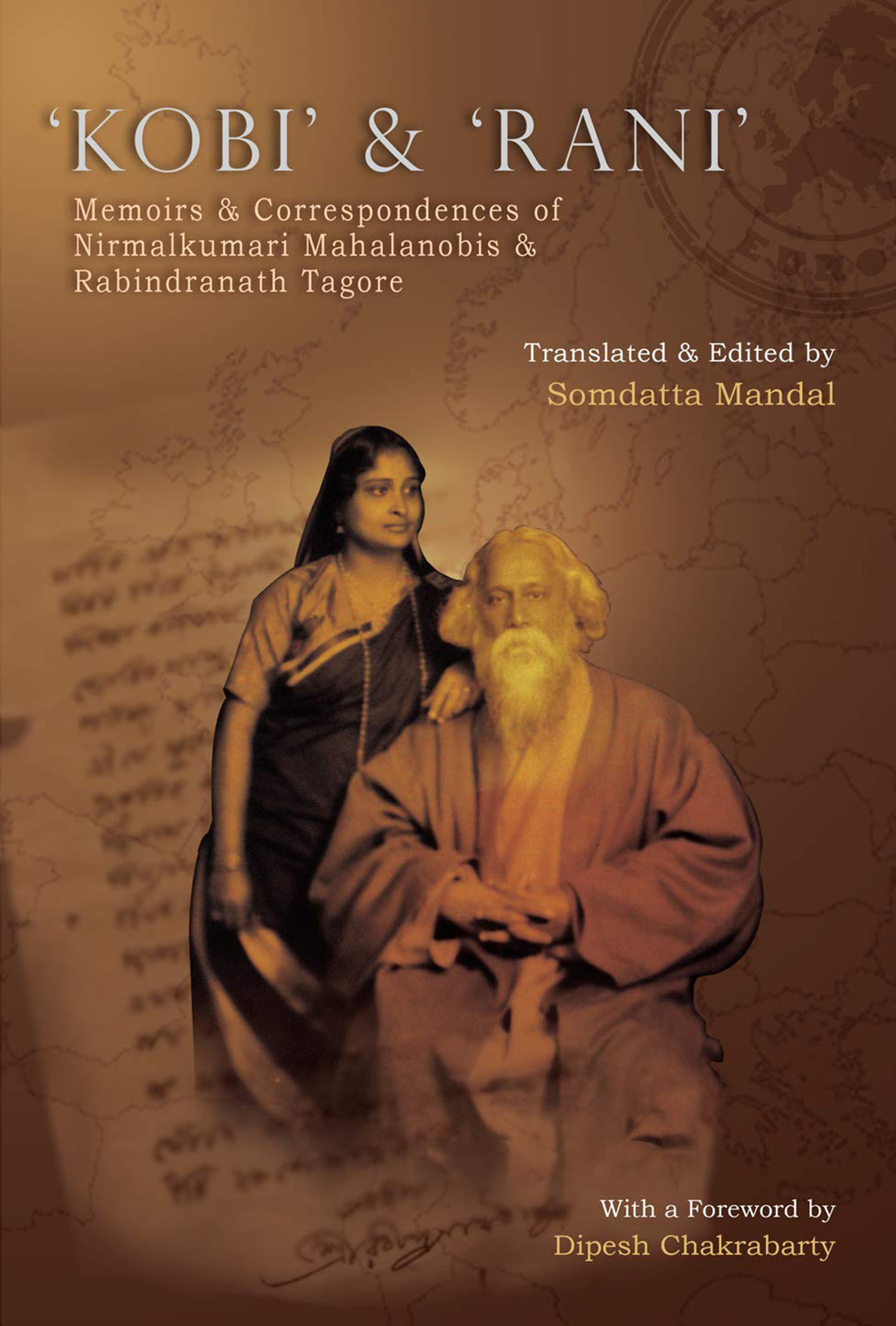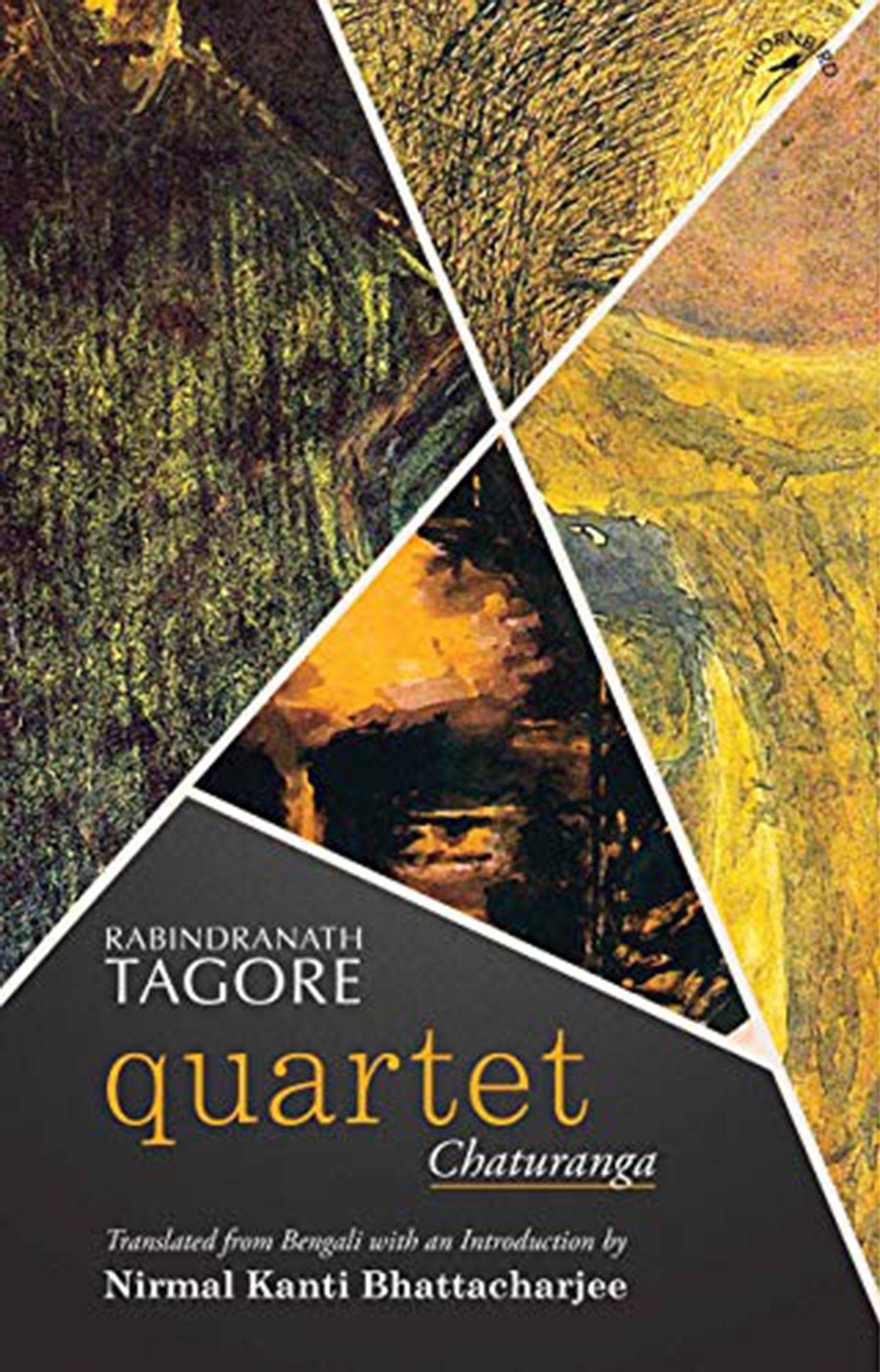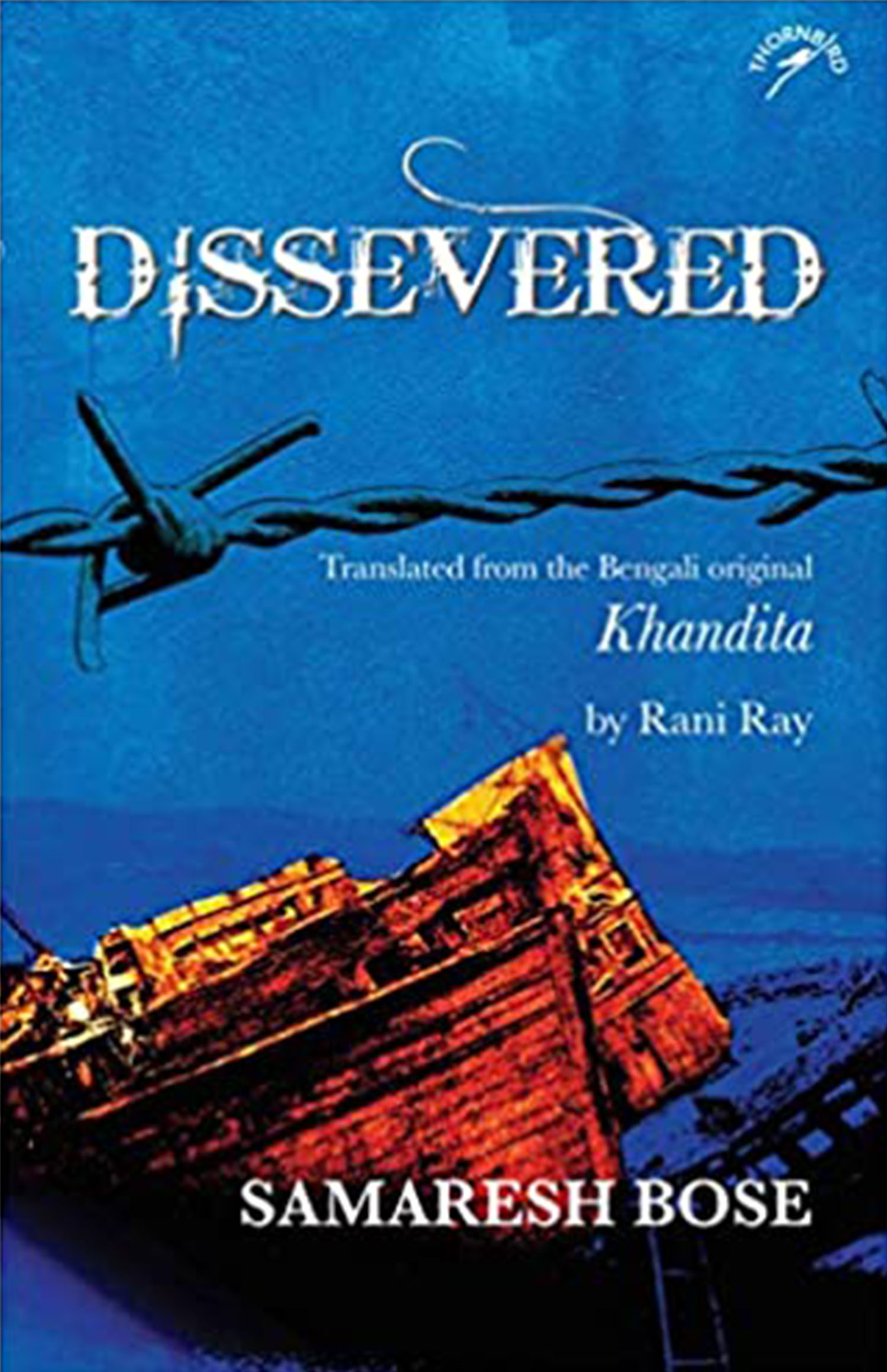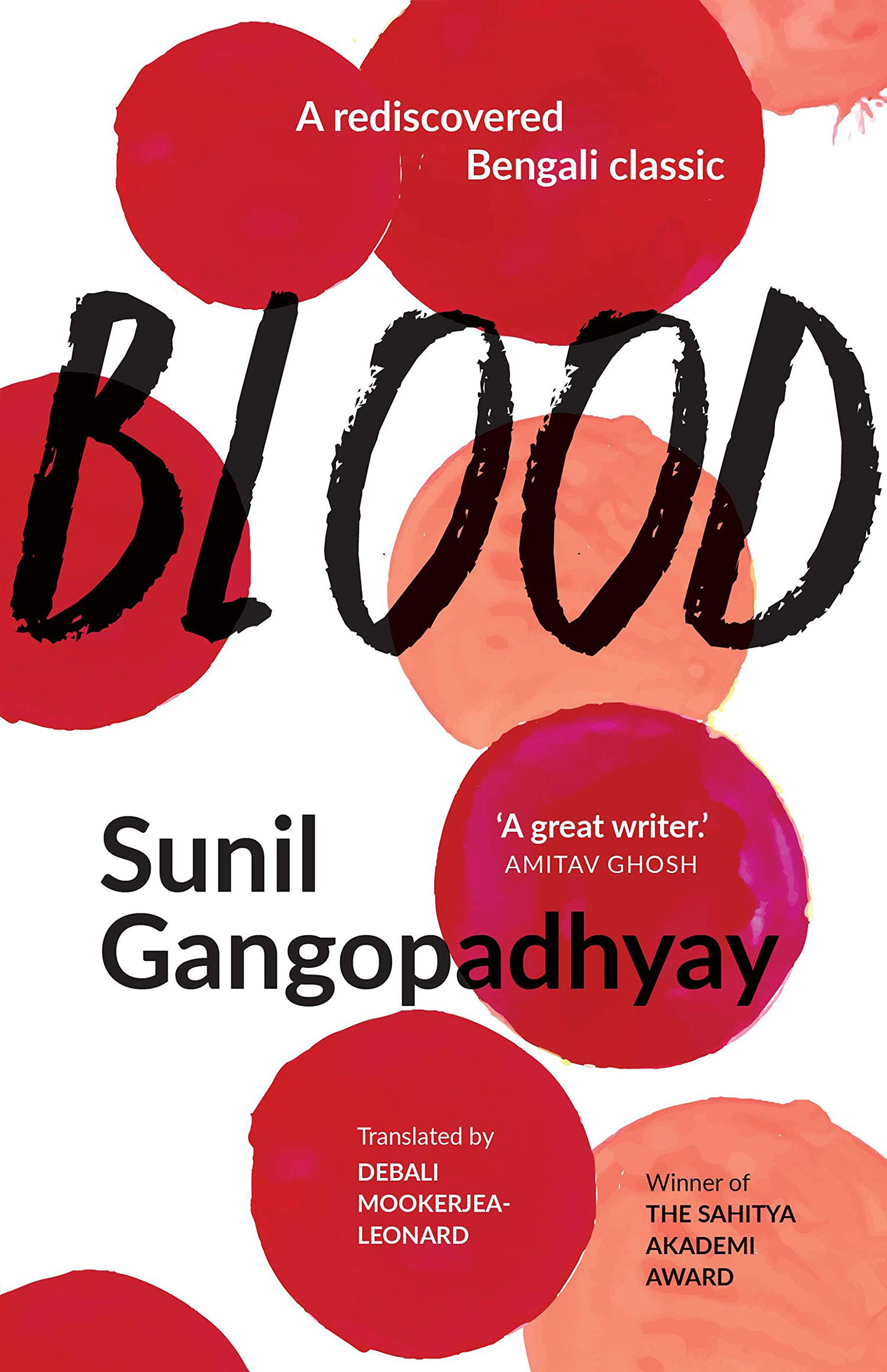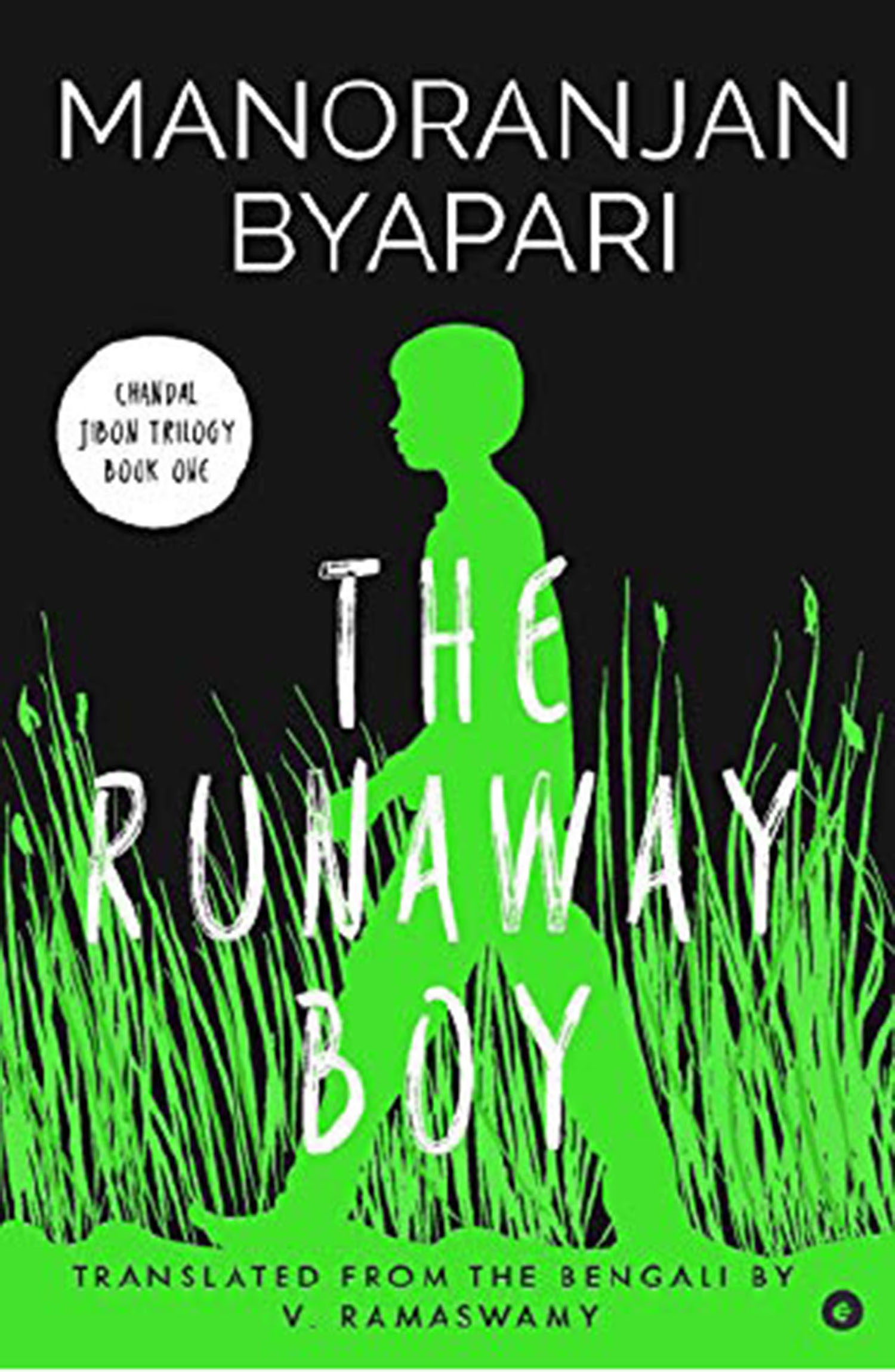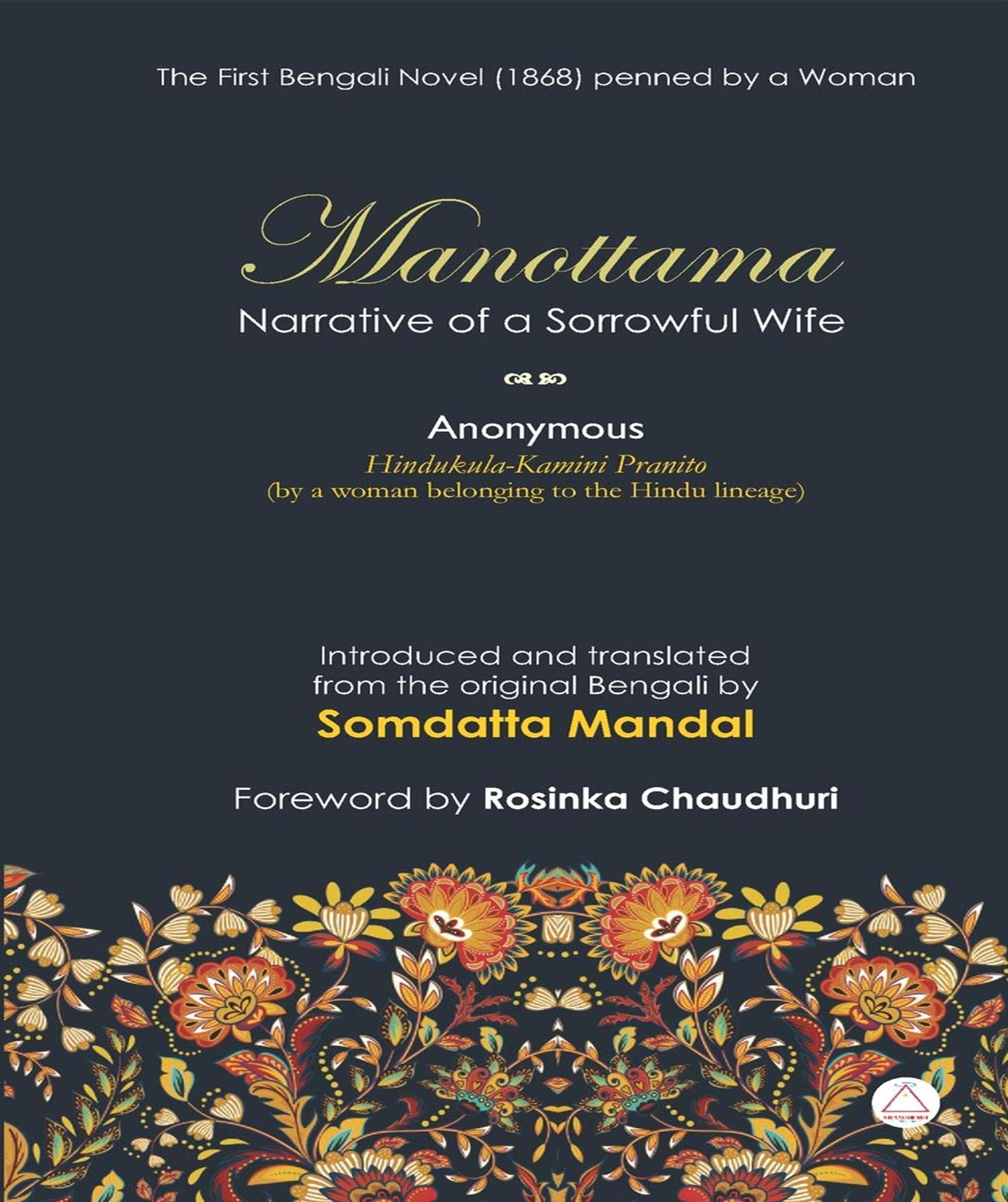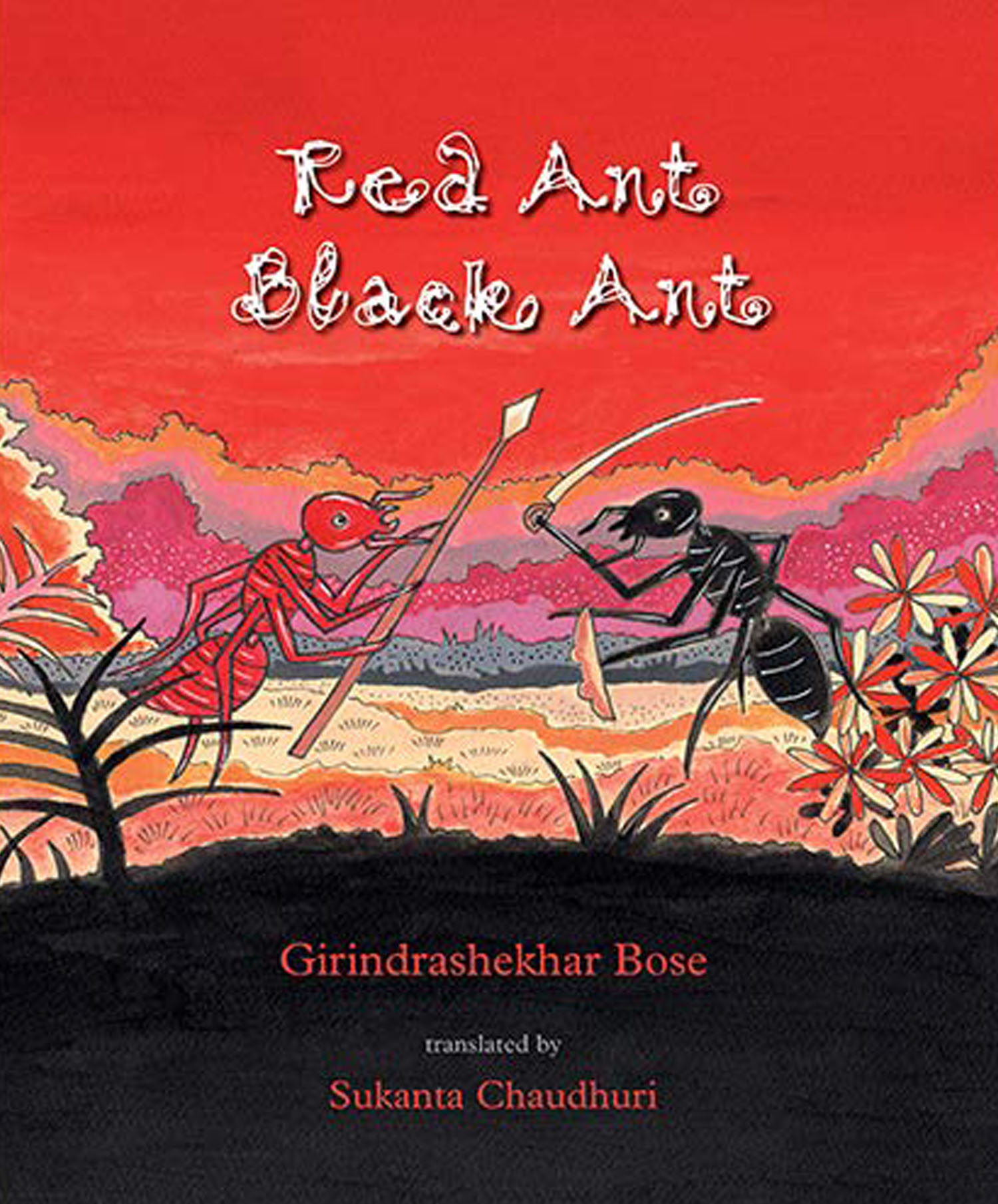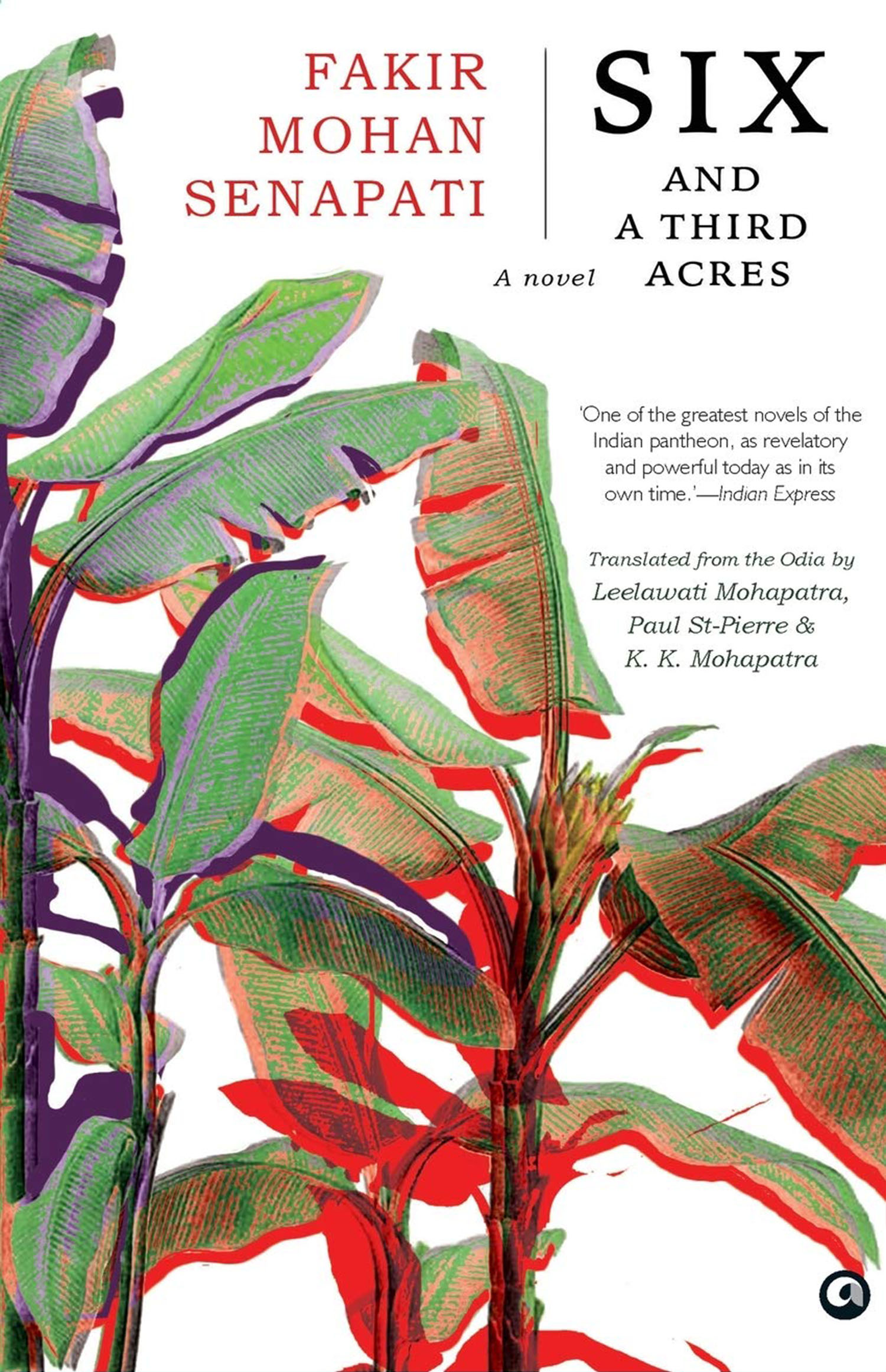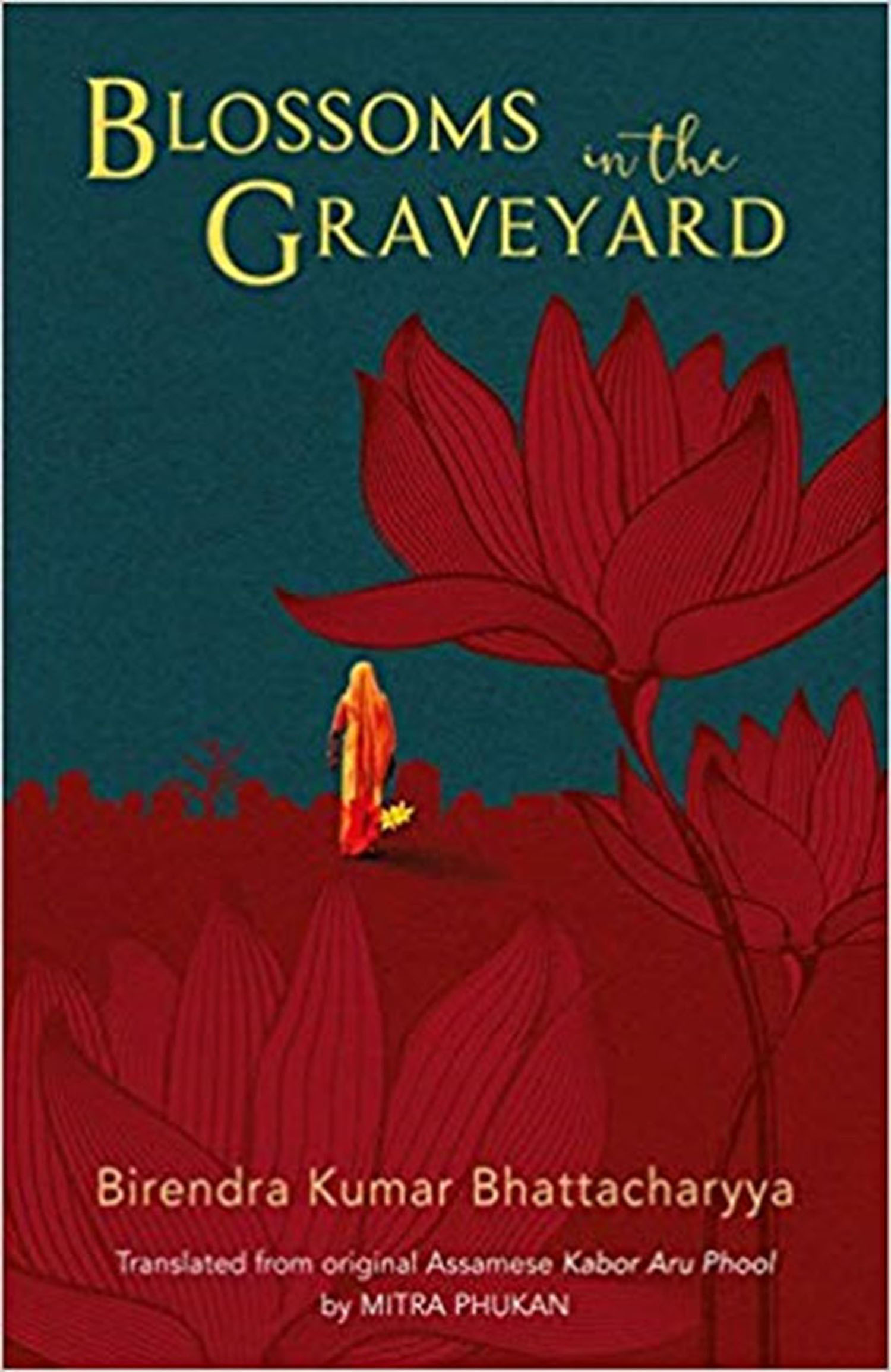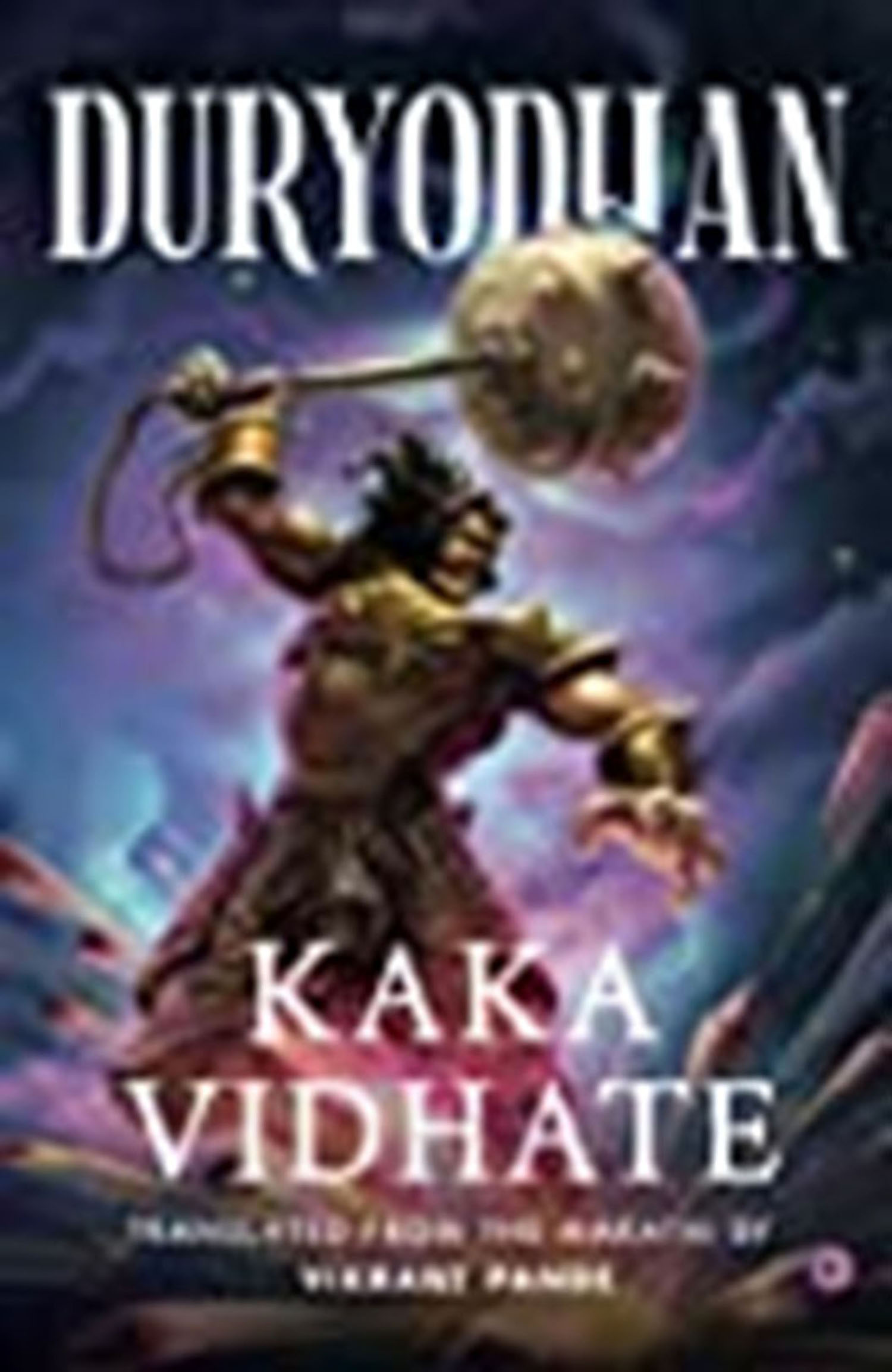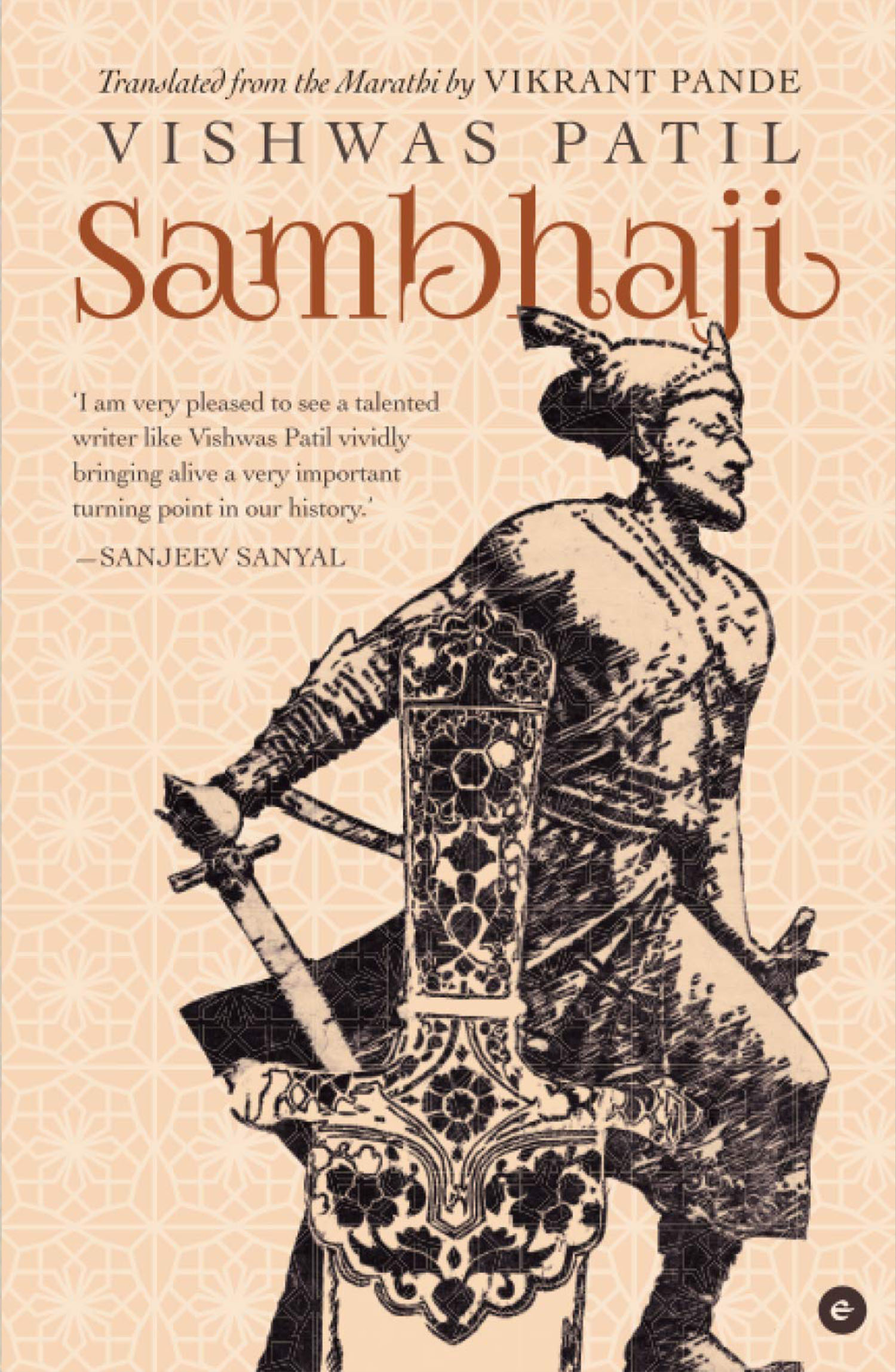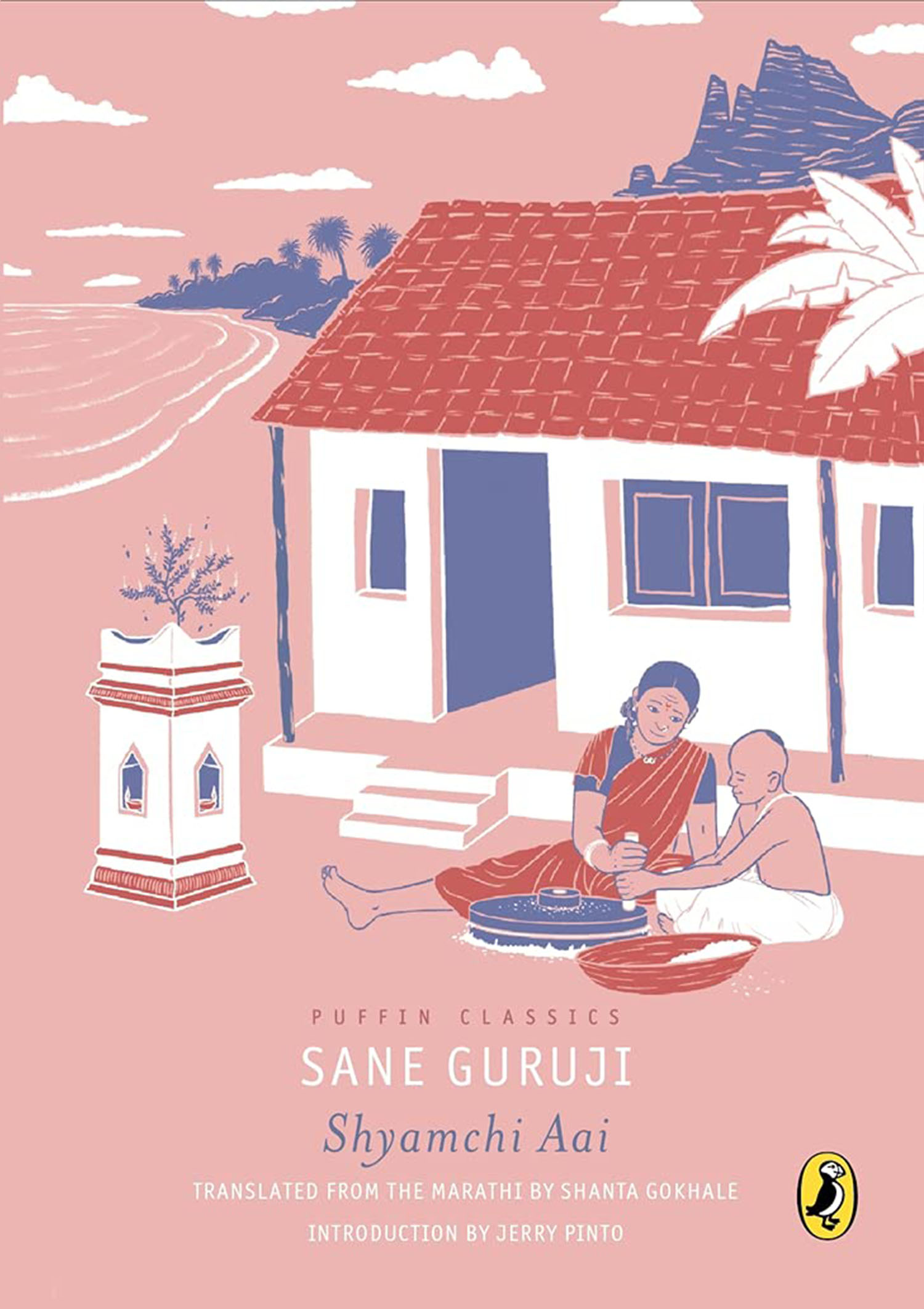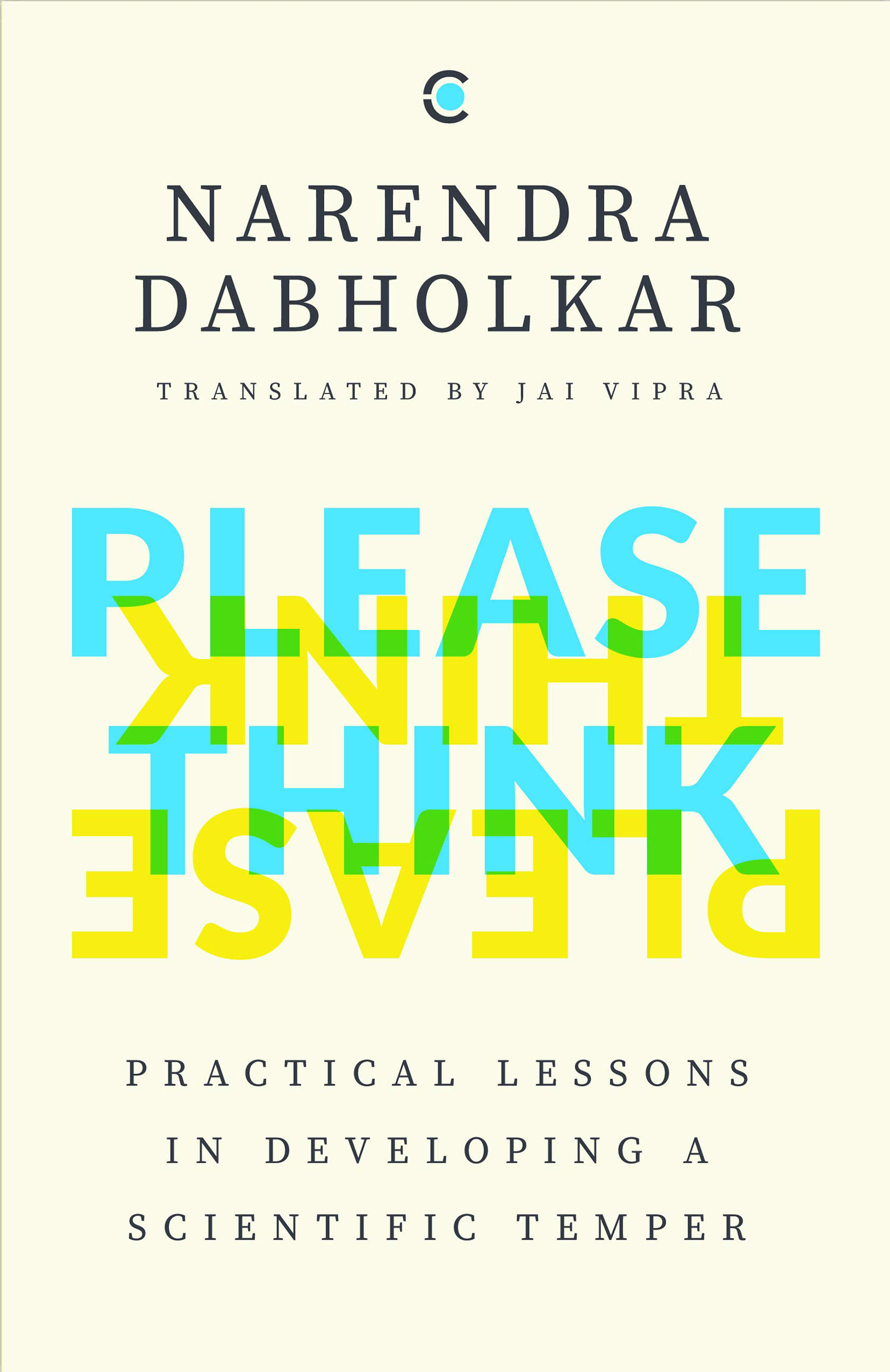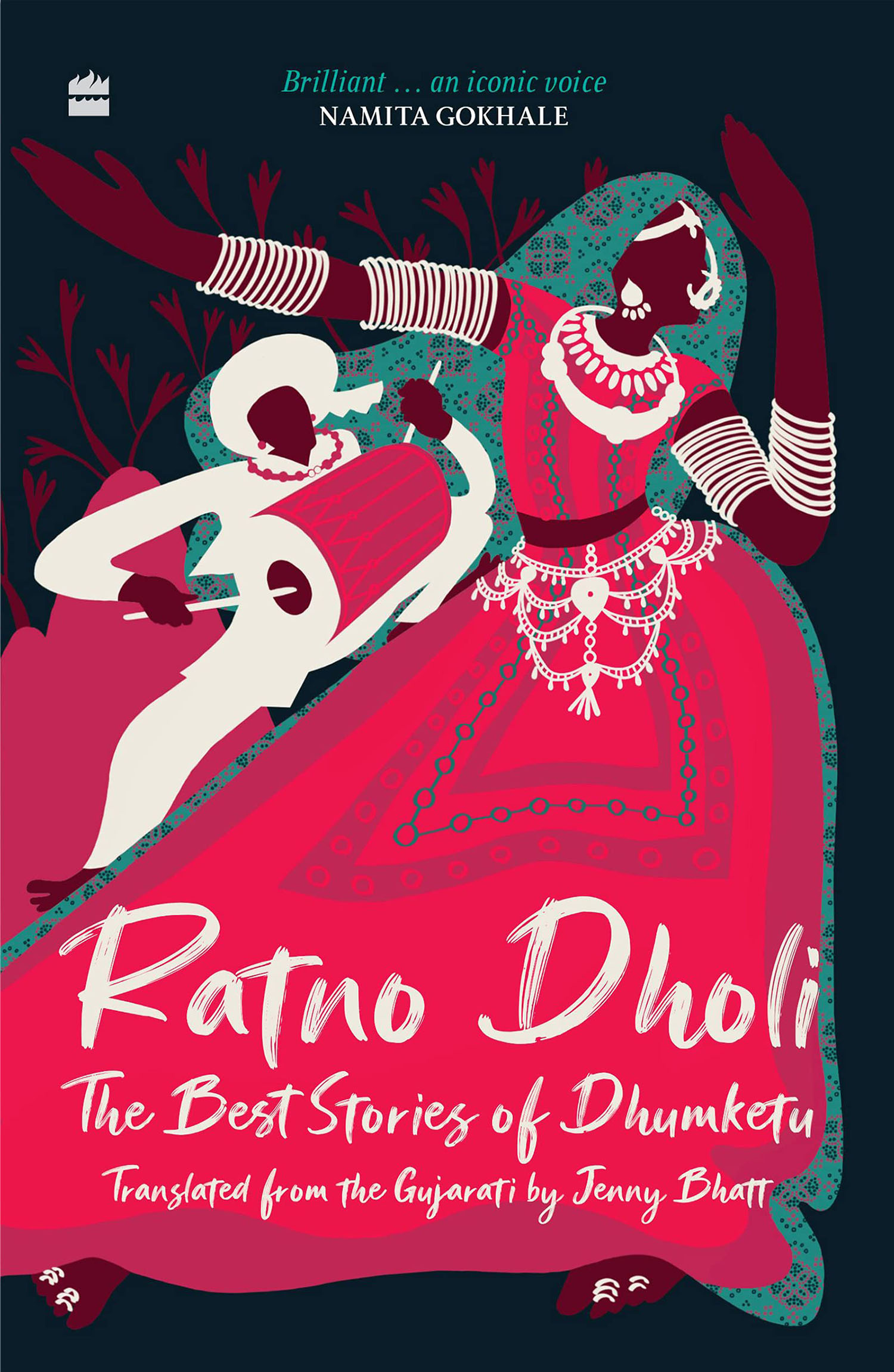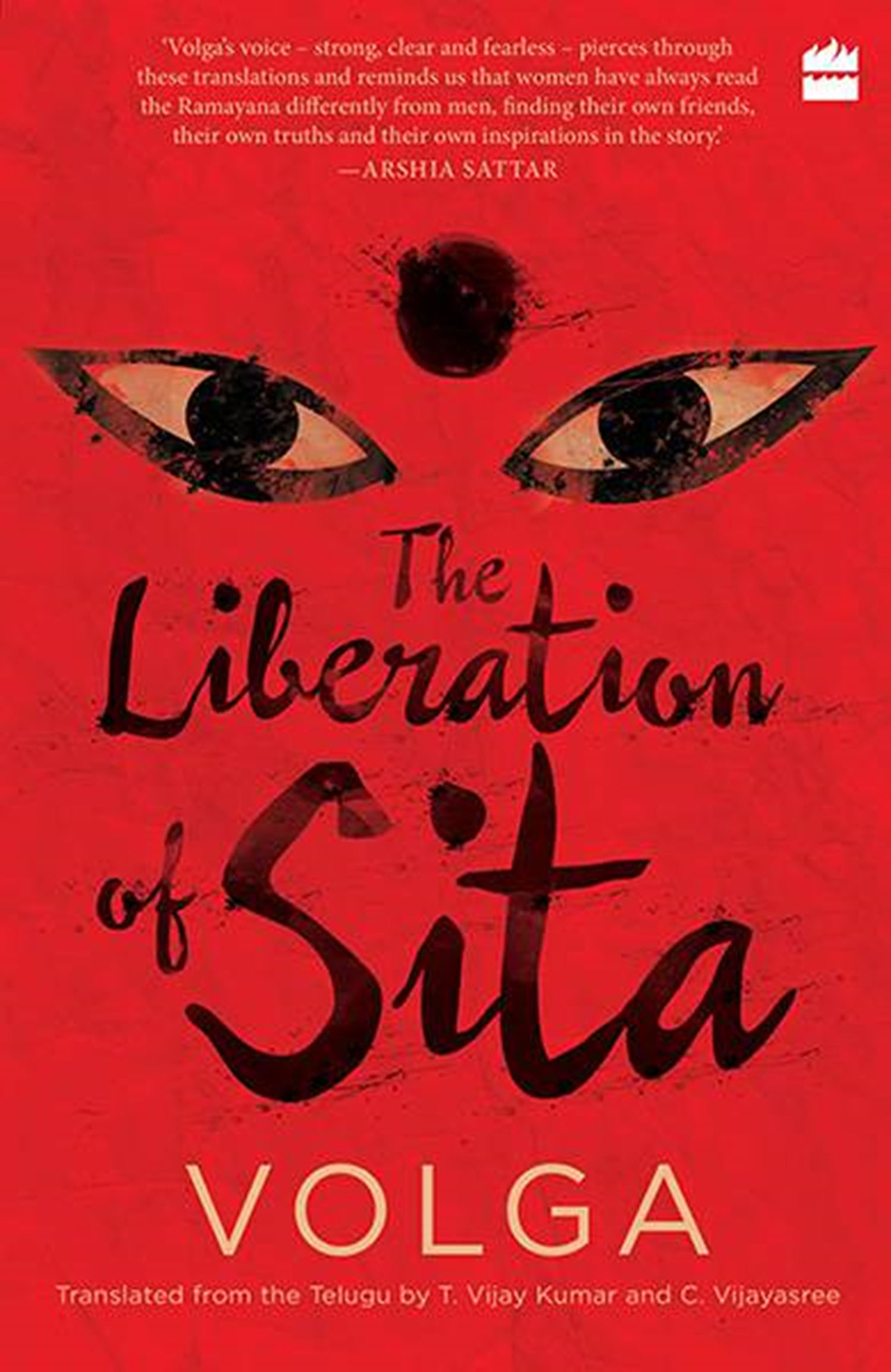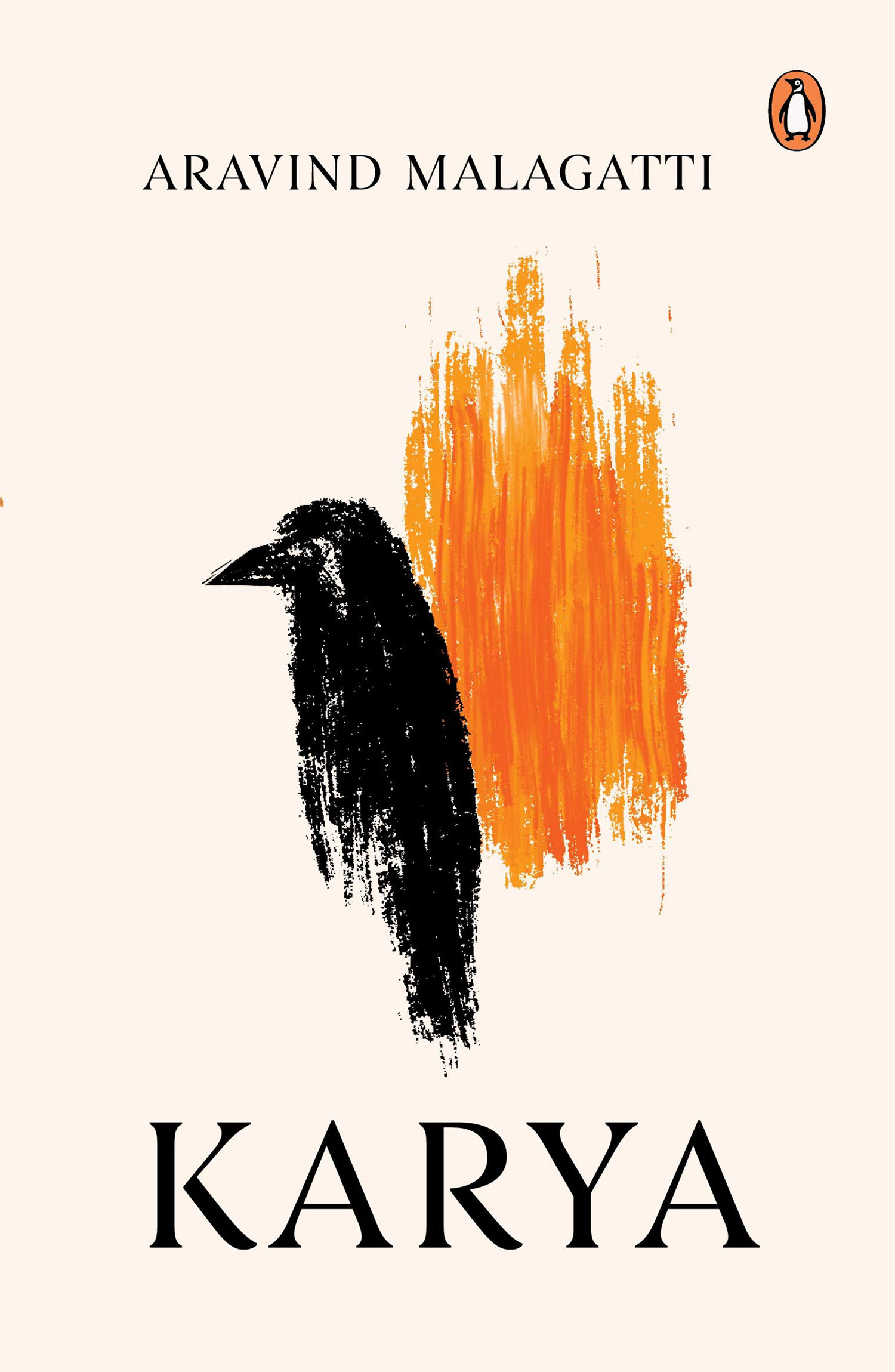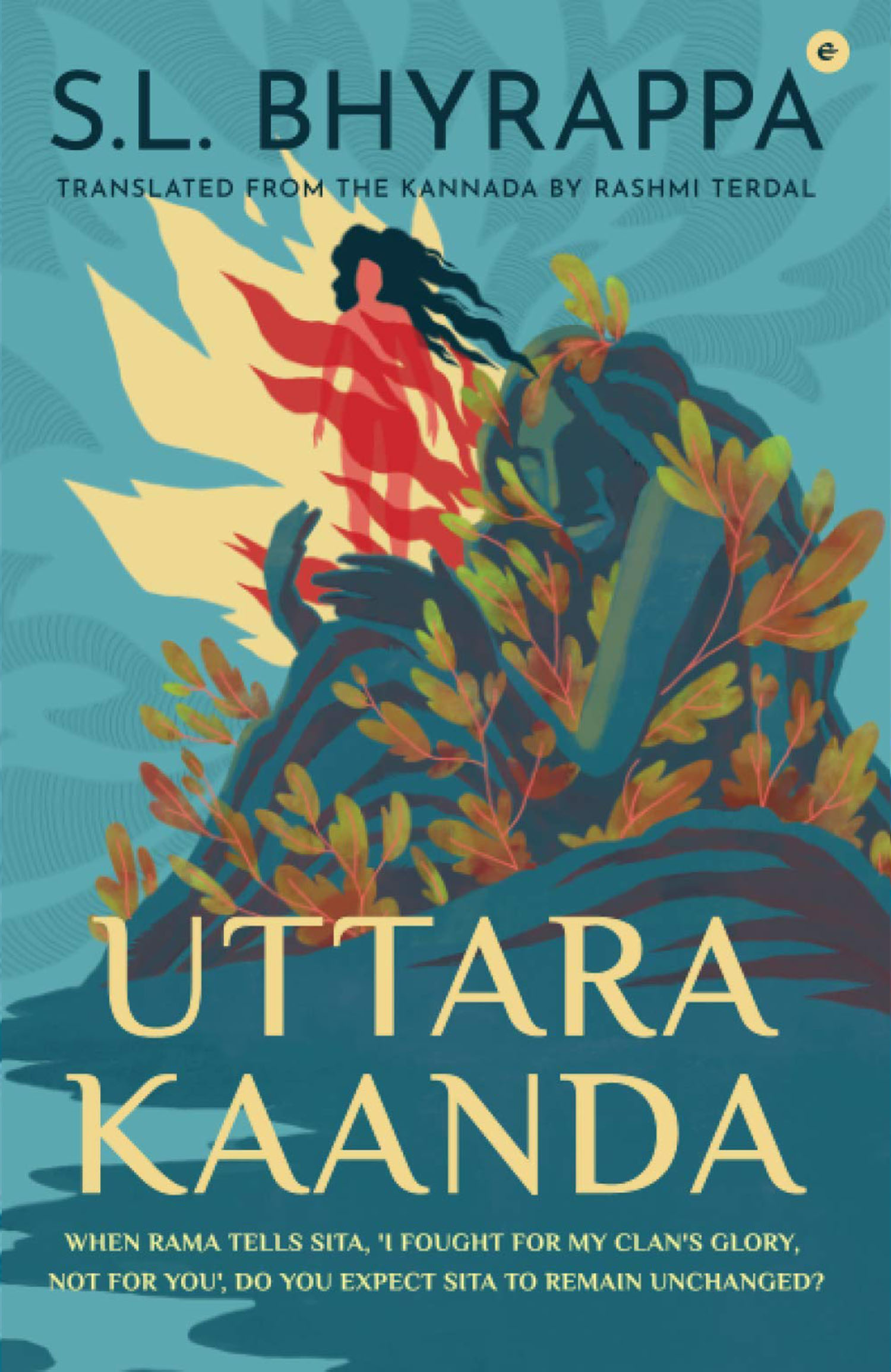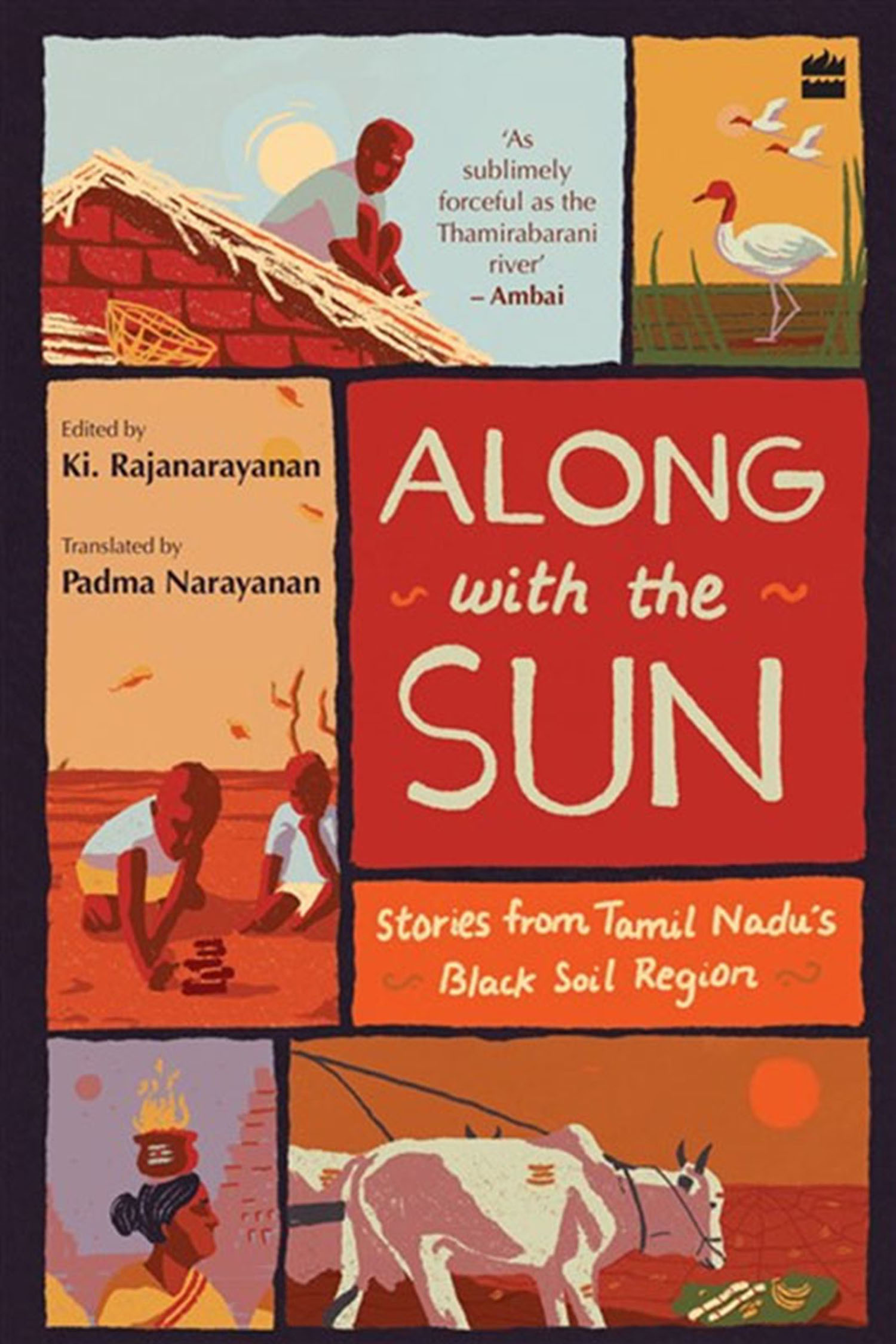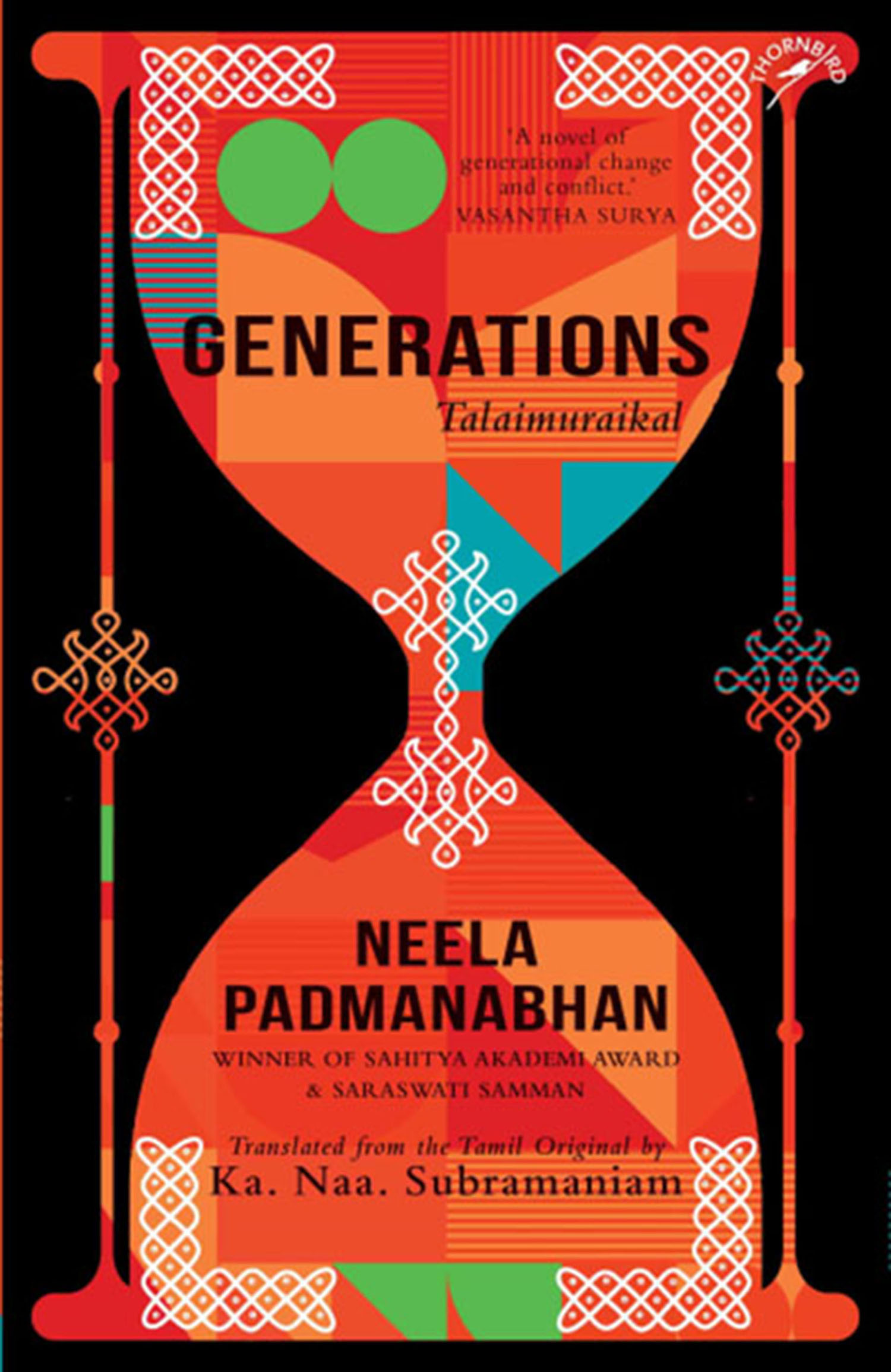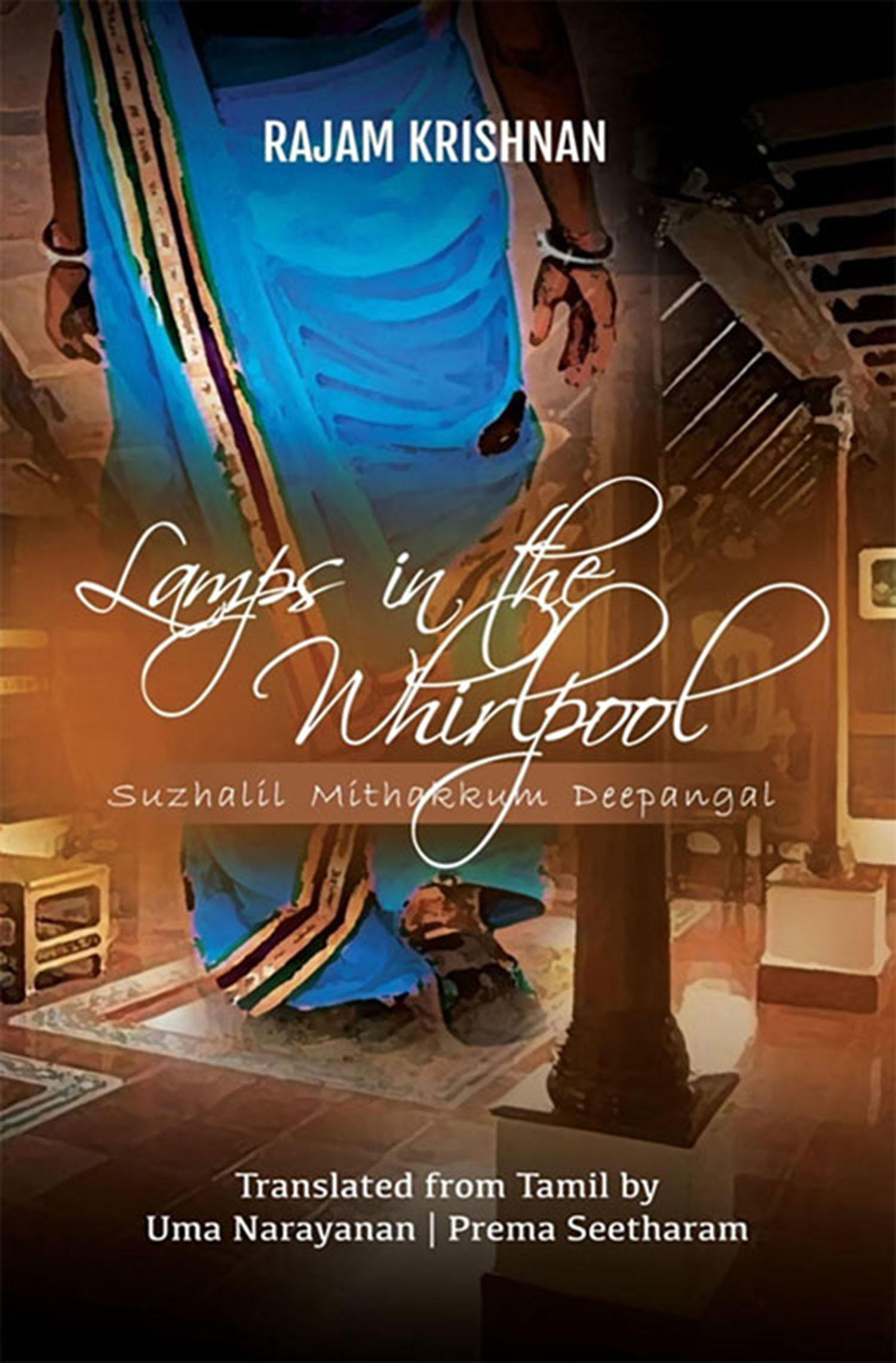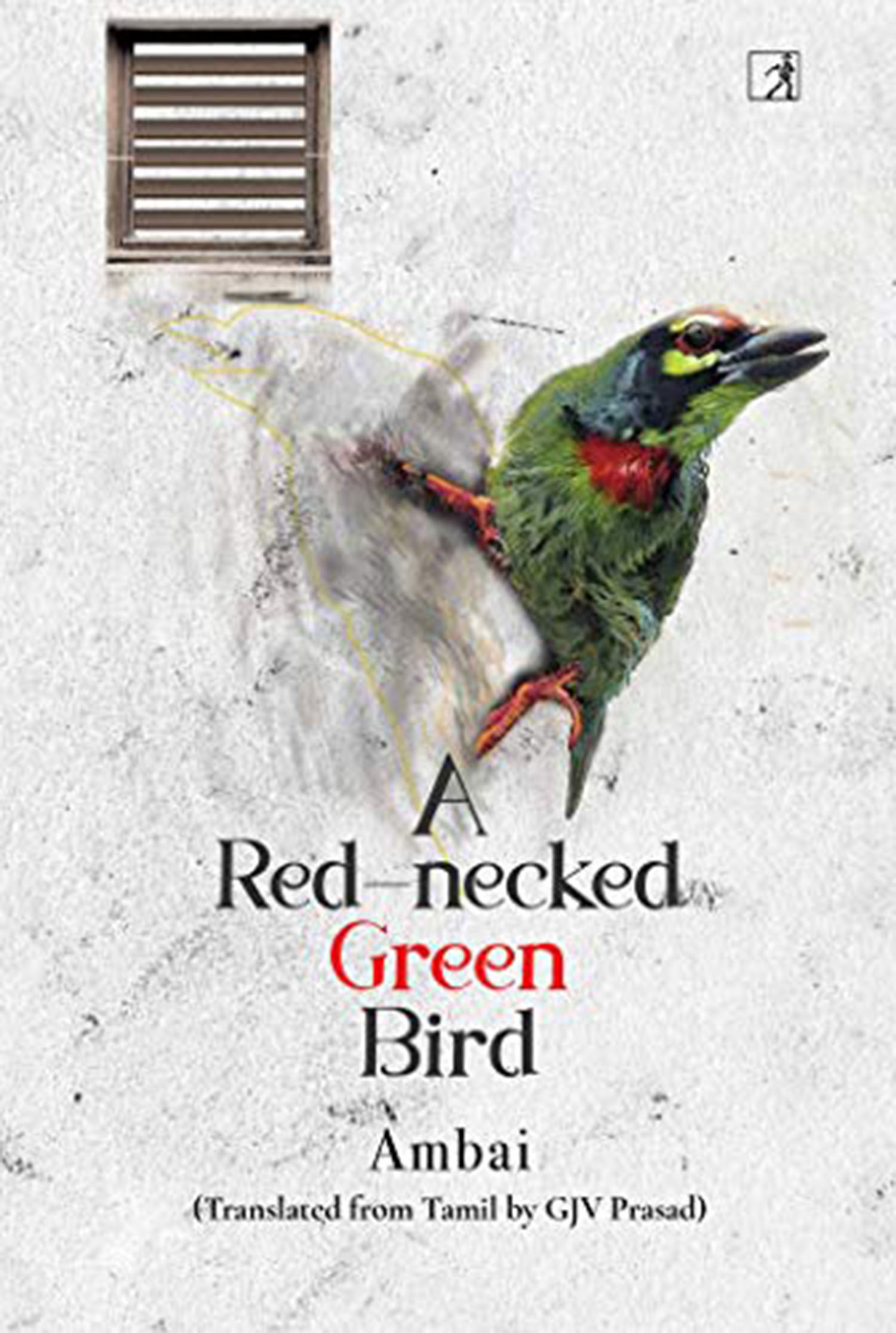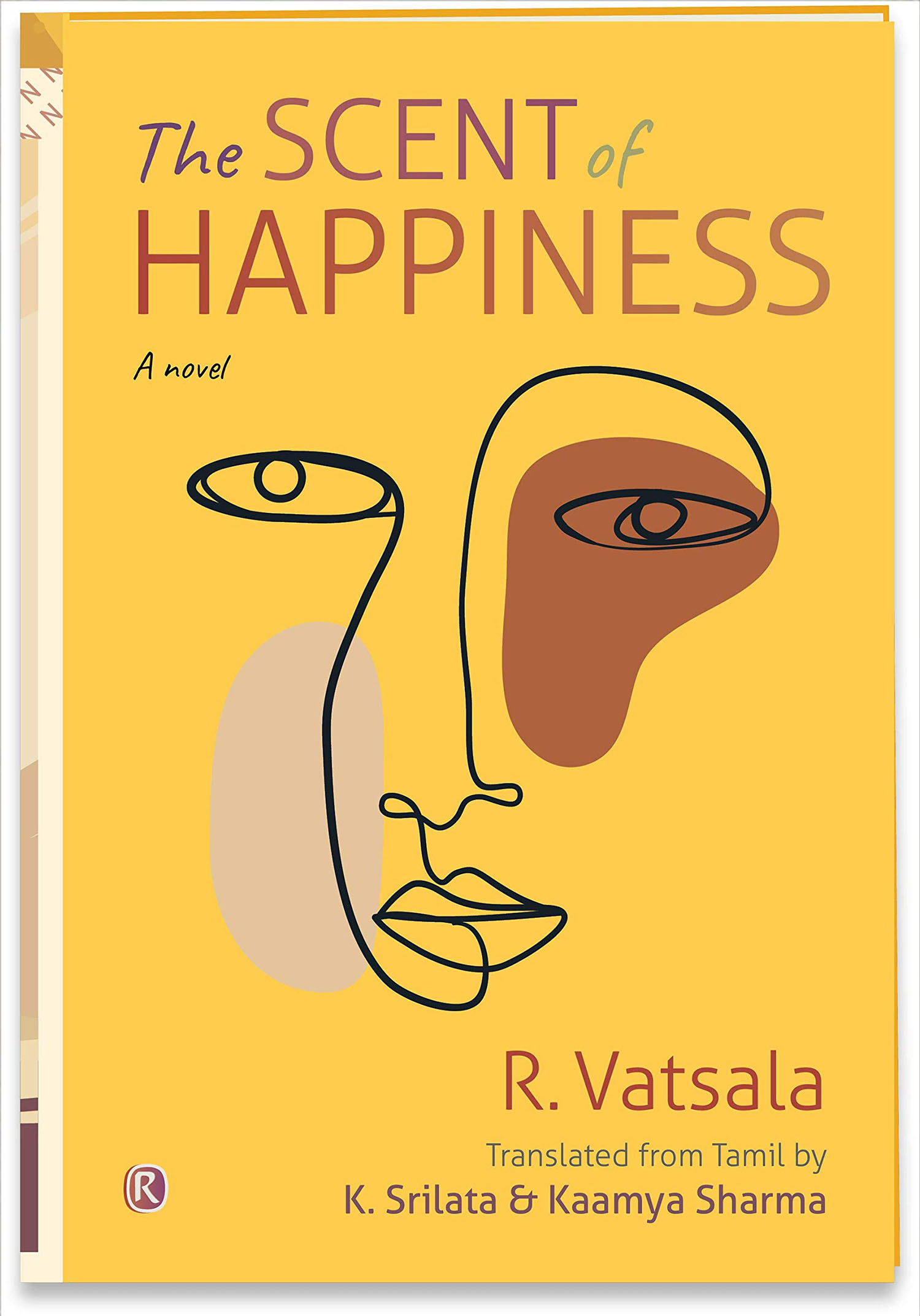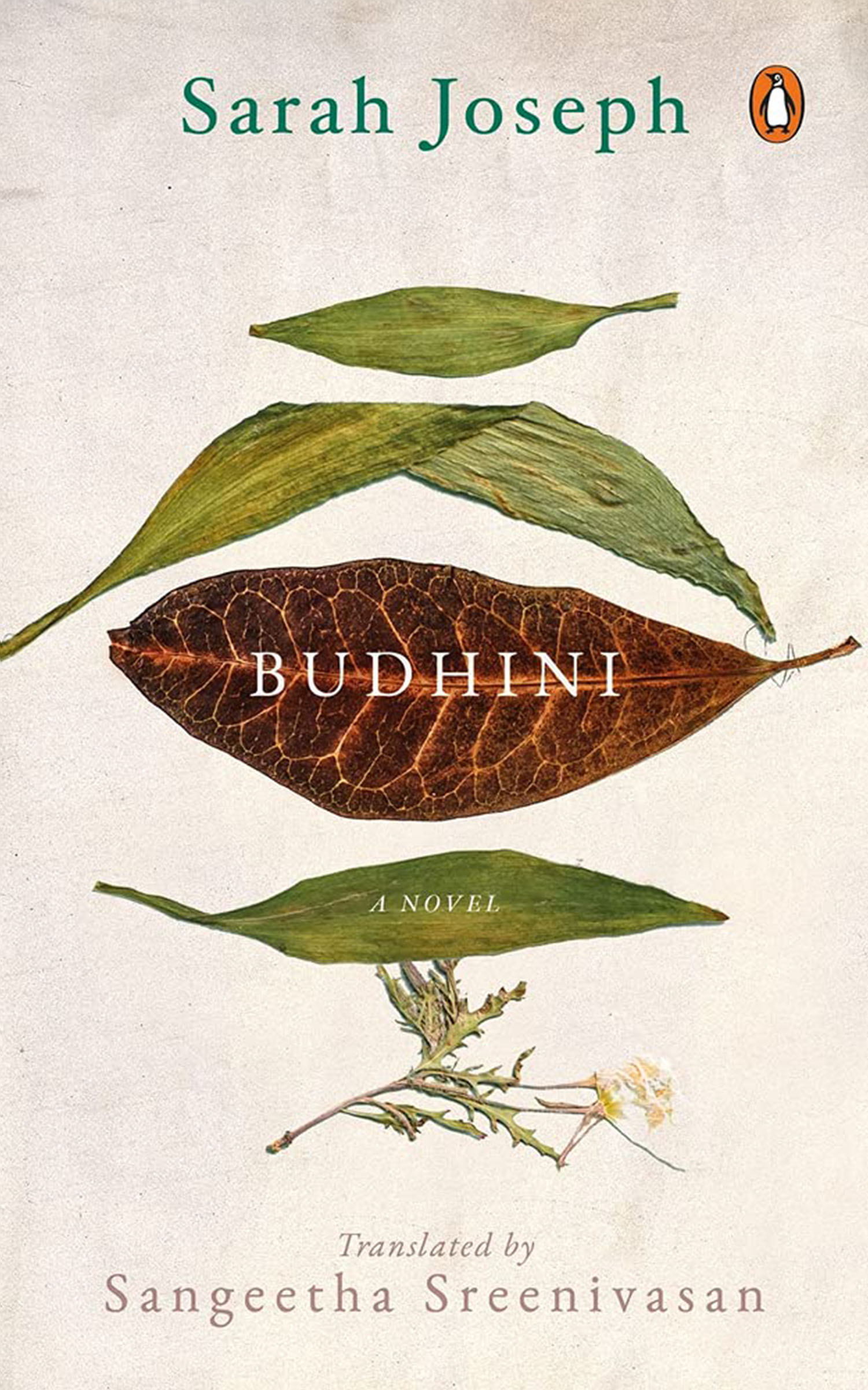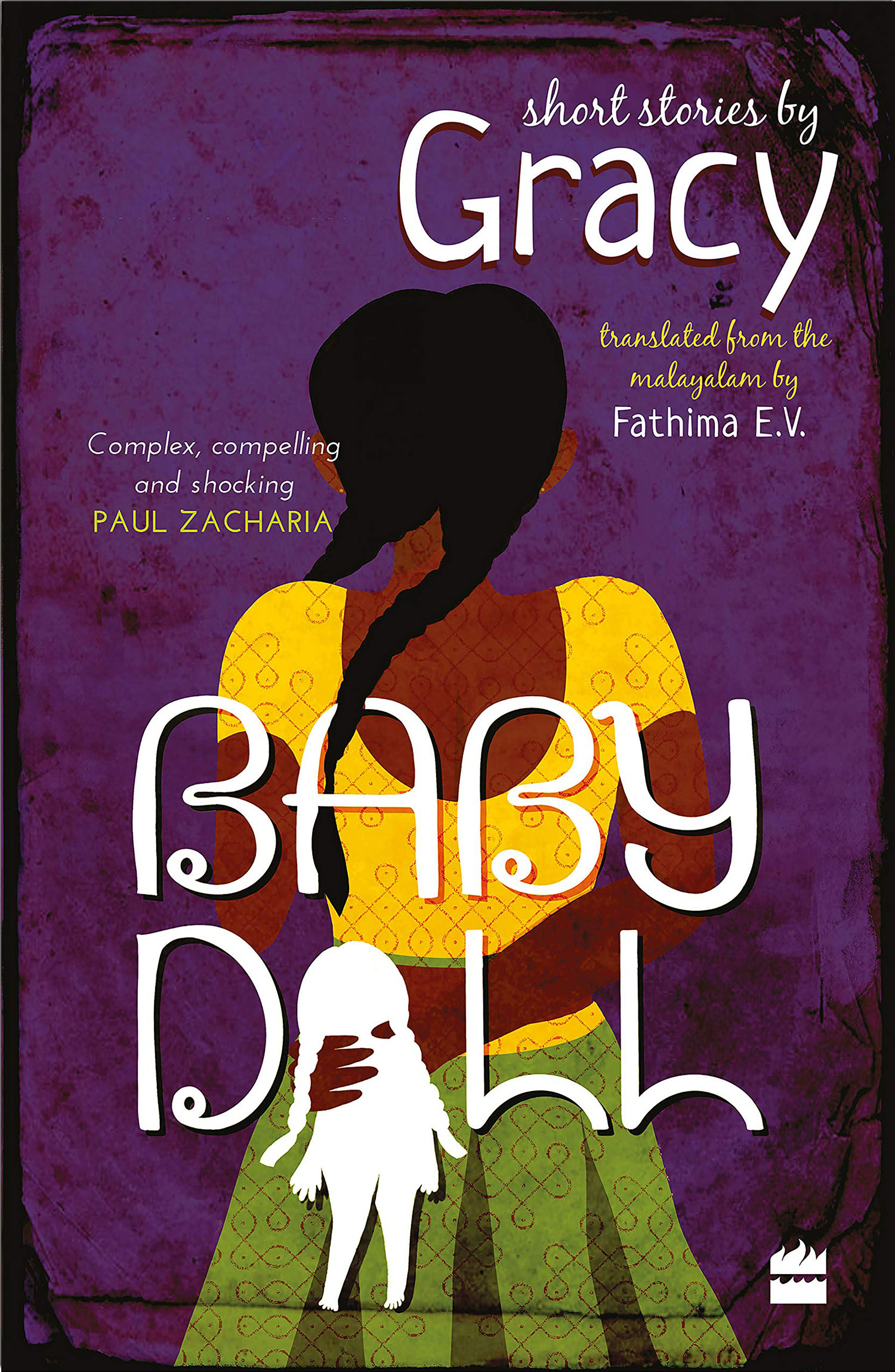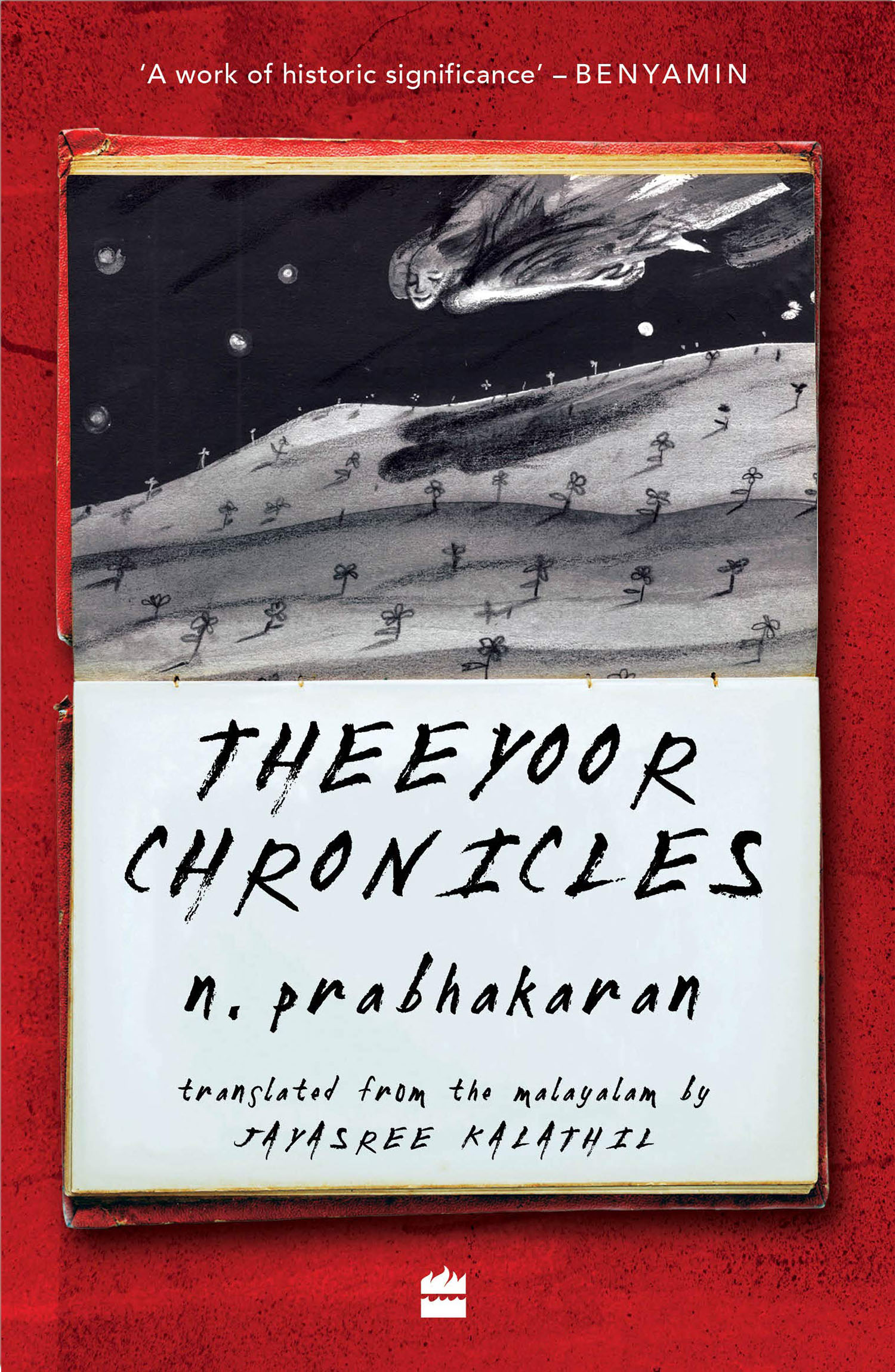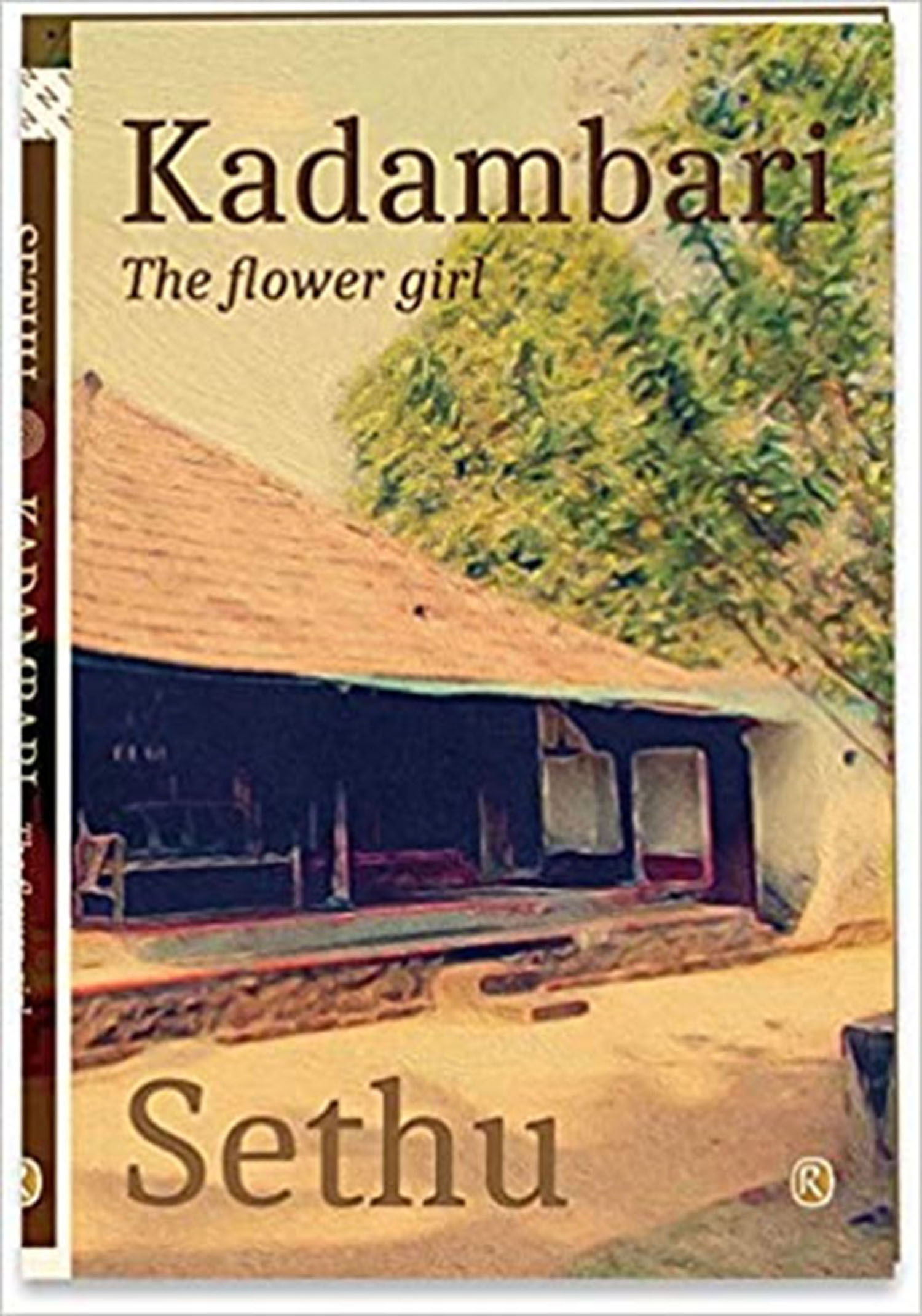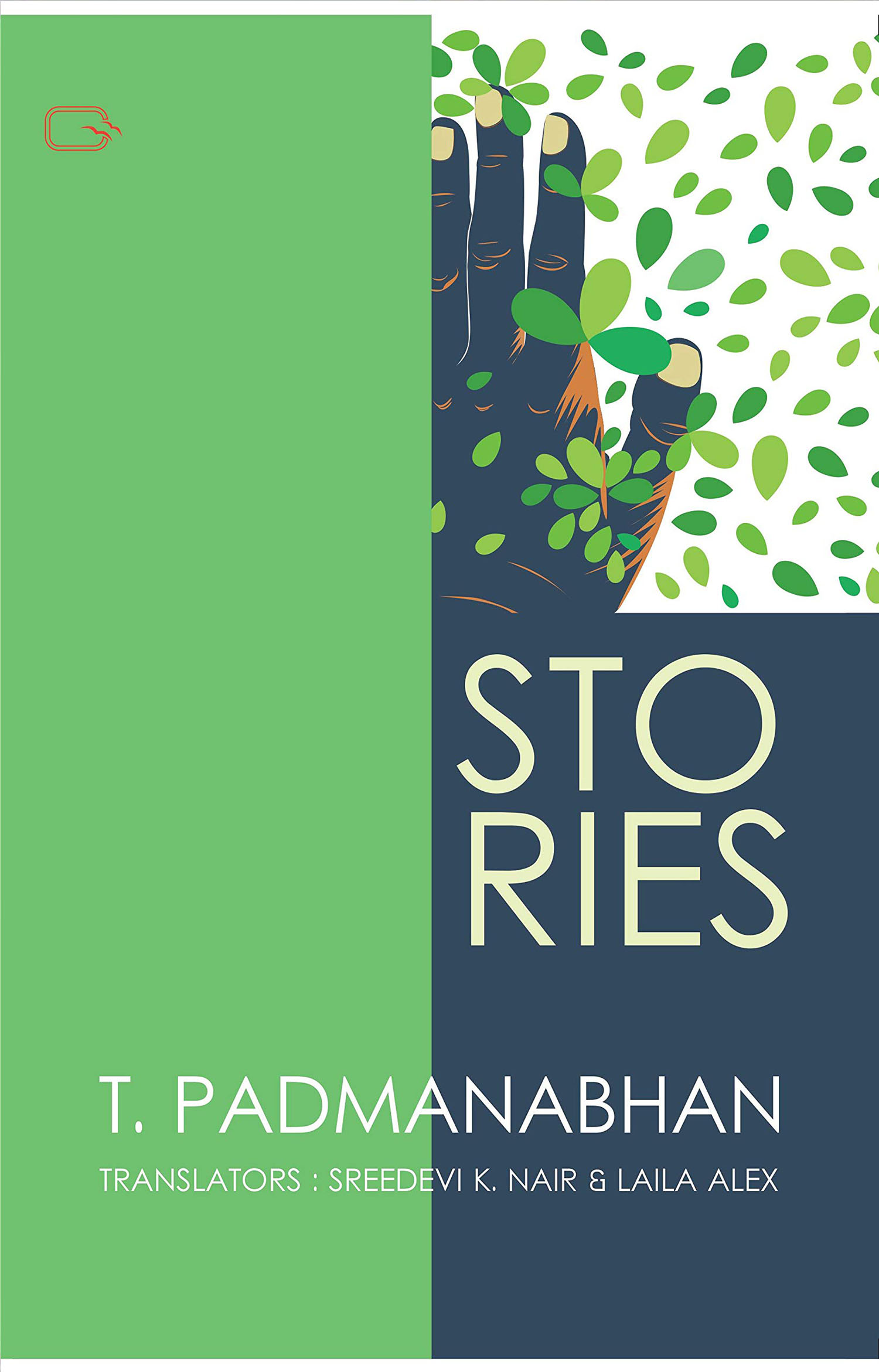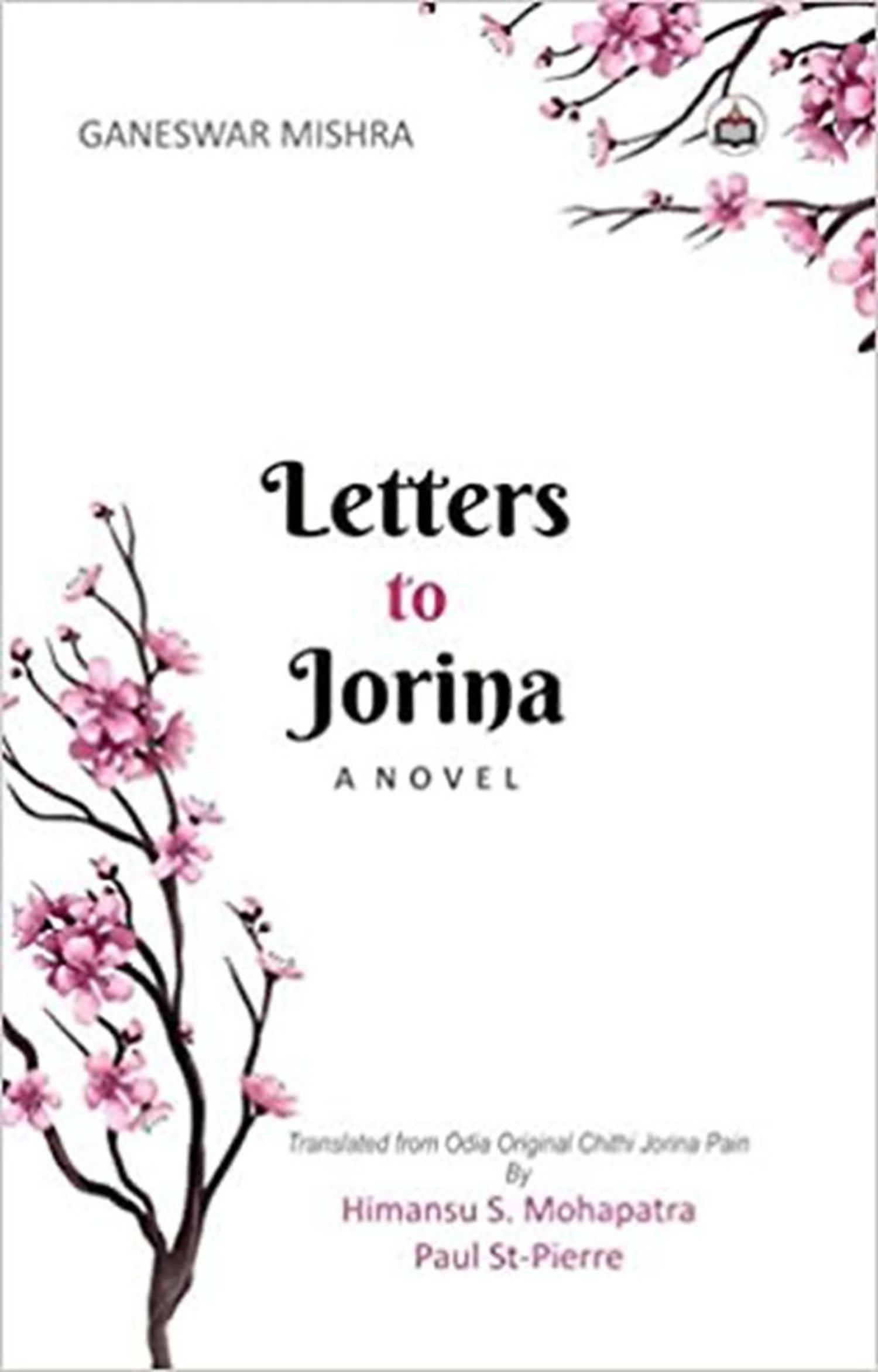The paradigmatic method of studying the story of India is through its languages, declares Peggy Mohan with a rhetorical flourish in the title of her book Wanderers, Kings, Merchants: The Story of India Through its Languages.Mohan’s thesis draws upon Jawaharlal Nehru’s…
Archives
August 2021 . VOLUME 45, NUMBER 8Balbir Madhopuri lives in New Delhi. He grew up in Doaba, a region of Punjab known for its high population of Dalits. He has not forgotten his years of struggle against economic hardship and caste discrimination, but he does not advertise his pain and uses it instead to generate light and hope…
It is wonderful to see a reissue of the translation of Volga Se Ganga by Rahul Sankrityayan with a fine introduction by Maya Joshi. The original translation by VG Kiernan has been edited by Kanwal Dhaliwal and Maya Joshi with an additional translated chapter that had been missed out in the original edition…
‘ I remember a river flowing inside my father and never growing old, …’. This opening line of Apurva Narain’s Introduction beautifully brings out the essence of Kunwar Narain’s poetry. The book is a tribute to a man who was not just a father, but also an artist par excellence…
We inhabit a noise-saturated world. The enveloping noise has not only stunted our sensibilities and sensitivities but has, as a consequence, tended to insulate us from ourselves and our surroundings. The crass materiality of the contemporary civilizational curve has taken its toll on our elemental connectedness and communicative empathies…
Urdu Dastan refers to an extant mode of storytelling where popular fantasies, literary tropes and a hint of history is melded to produce utterly entertaining and absorbing stories. Often about legendary characters, the charm of the dastan rests on its flamboyance, verbal excesses and a fine entanglement of the ordinary…
The blurb in the inner cover of this book describes it as a rich and lively first-hand account of life in the royal court of Bahadur Shah Zafar, the last Mughal Emperor, in the Red Fort. The author Munshi Faizuddin lived in the Red Fort in his capacity of being a long-time servant of Prince Mirza Ilahi Baksh…
Does profoundness stem from simplicity? Do the unending complexities and deeper truths that elude religion, psychology and politics, become viewable in verses made up of simple words charged with captivating verbal richness? Does elegant and sophisticated simplicity stamp…
Among one of the notable modern fiction writers in Urdu, Tariq Chhatari’s The Nameplate is a collection of eleven short stories selected from his first anthology Bagh Ka Darwaza (2001). Translated by A Naseeb Khan, this book has a spirited Introduction, in which he attempts to place Tariq Chhatari’s…
The remarkable story of the Indianization of South-East Asia is an instance of historical spontaneity. Hinduism and Buddhism travelled there with indomitable traders, adventurers and priests carrying along their religion and culture which the local population accepted enthusiastically…
In these troubled times, when even leisure reading requires motivation, a translation whisked me off to a fantasy land…a land of unparalleled beauty and unmatched courage, a land of love and romance. My own reluctance to be led away is just one part of the story, the growing discomfort…
Amaru Shatakam, translation of some hundred love lyrics is one of the best specimens of the genre in classical Sanskrit. Nothing is known about the author but it is ascribed to a king of Kashmir. There is also the fantastic legend identifying him with the soul of Adi Sankaracharya transferred into the body…
In Kalyani Thakur Charal’s short story translated as ‘A Hundred Pens’, Rekha’s Thakuma/paternal grandmother, though illiterate herself, dreams of a new generation rewriting the history of discrimination, oppression, neglect and deprivation that marks the caste-based politics of the Indian subcontinent.For thousands of years our people haven’t been able…
In the making of Rabindranath Tagore’s public image, apart from the voices of the critical establishment and the poet’s own forms of self-projection, the reminiscences of those around him also played a part. A compulsive globe-trotter, Tagore often travelled with companions who knew him closely…
Rabindranath Tagore’s androgynous imagination finds fulsome expression in the two books under review. How he extended his understanding to the mysterious secrets of women silenced by patriarchy remains a conjecture. Periodic translations open up the question in various social contexts…
Partition narratives accommodate some of the most difficult and irreconcilable spaces of human experience within the contested ideas of home, nation, and sense of belonging. Samaresh Bose’s Bangla novella Khandita written in 1985, translated into English by Rani Ray as Dissevered in 2019, registers the need to comprehend…
2020
‘Why can’t we be friends now?’ said the other, holding him affectionately. ‘It’s what I want. It’s what you want.’ But the horses didn’t want it—they swerved apart: the earth didn’t want it, sending up rocks through which riders must pass single file; the temple, the tank, the jail, the palace, the birds, the carrion, the Guest House…
The Runaway Boy is a novel that packs a punch! It is a novel about the downtrodden. About oppression at various social levels. And, most of all, about the struggle for survival.The Runaway Boy, a trilogy, traces the lives of Garib Das and his son, Jibon. And through their lives, Manoranjan Byapari chronicles the tempestuous politics…
Women’s education was an important subject in nineteenth century Bengal’s intellectual circles. Many early Bengali novels had an educated man marrying an uneducated woman, and then educating her. In Manottama, the plot is reversed—an educated girl marries an older, uneducated man…
Rajshekhar Bose (1880-1960) aka Parashuram is quite well-known to Bengali readers, and outside Bengal also, as the greatest Bengali humorist of the twentieth century. But his younger brother Girindrashekhar Bose’s name is not quite familiar to the Bengali readership, although it is very well known in the world…
A greedy landlord named Ramachandra Mangaraj, belonging to a coastal village in Odisha, sets out to defraud an innocent weaver couple of their fertile and good-sized parcel of land measuring six acres and thirty-two decimals. He weaves a crooked scheme for this purpose with the help…
Blossoms in the Graveyard by Jnanpeeth Awardee Birendra Kumar Bhattacharyya is set around the Bangladesh War of Liberation of 1971. While books in Assamese have dealt with the question of migration of people from across erstwhile East Bengal (before Partition) and East Pakistan…
2020
You are not alone when you read the Mahabharata. You are in the shadows cast by millions who have heard or read the tale before you. The Mahabharata has evolved over centuries with both the tellers of the tale and the listeners enriching it. It has made the transition from oral telling to inscription…
2021
Vishwas Patil is well known in Marathi for his historical novels viz. Panipat and Sambhaji, which bring alive some tragic chapters in Maratha history that still rankle in the Maharashtrian subconscious. Whereas Panipat narrates a tale of an agonizing defeat of the Marathas at the hands of Ahmadshah Abdali…
2021
We are a nation that thrives on nostalgia. An eagerness to view our past as glorious and some bygone era as the Golden Age seems endemic today. Psychologists or neuroscientists might explain this as a phenomenon arising out of an inferiority complex, or as an escape mechanism to counter…
If one goes by the deluge of WhatsApp videos, Tulsishyam in Gujarat beholds a mysterious power. Things seem to roll uphill, defying gravity and our common sense. Vehicles, with the engine switched off and placed in neutral, on their own roll uphill. From mystifying ‘anti-gravity’ to magnetic or gravitational anomalies…
Acollection of short stories by Gaurishankar Govardhanram Joshi, popularly known by his pseudonym ‘Dhumketu’, one of the most significant and prolific writers in the history of Gujarati literature, translated into English is certainly a cause for celebration. It is important because without such an initiative…
Greg Salyer (2017), in his lecture ‘Myth and Hinduism’, attempts to create an archeology of myth by defining it at three levels. Firstly, he understands ‘myth’ (in the lowercase) as a false story. In popular culture, especially in social media, we perhaps use it the most. The often-used phrase ‘myth-busting’ covers some aspects of this definition…
2021
Aravind Malagatti is a prolific Kannada writer with more than seventy books to his credit, covering a wide range of genres. His Government Brahmana, the first Dalit autobiography in Kannada (1994) and brought out in English under the same title (2007), received wide acclaim for its sensitive and nuanced account of Dalit life…
2020
In recent years, several translations of Bhyrappa’s novels have appeared in English making these available to non-vernacular readership. This spate of translations rectifies to a degree Bhyrappa’s relative lack of visibility outside the Kannada speaking world, so different from the more expansive trajectory of international repute traced by UR Ananthamurthy’s fictional works…
Karisal (black soil) literature is a facet of Tamil literature which encompasses soil-related dialectical literatures of several regions within Tamil Nadu. The southernmost part of the State made up of Nellai, Thoothukudi, Virudunagar, Theni, Madurai and Ramanathapuram districts reflect in their literature—an offspring of the Karisa, the rawness that is typical of the rural lives…
Gloria Steinem once said, ‘We need to remember across generations that there is as much to learn as there is to teach.’ In a way, Neela Padmanabhan’s Generations is a response to this aspect of crossing and building new knowledges. The story bridges tradition and modernity as it chronicles…
T Janakiraman’s novel The Crimson Hibiscus is, at one level, the story of an ordinary man prematurely burdened by duties and responsibilities. Equally though, it is the story of an entire era and of that complex eco-system called the joint family. This sensitively translated, beautifully produced novel..
The Tamil Brahmin community has for me been an enigma, mainly because of their rites and rituals that begin or close any event of everyday life. The rich symbolism in lifestyle patterns, the pragmatically intelligent womenfolk, the shrewd menfolk and the sharp children have always piqued…
‘Did he live? Did he die? Was it a search? Or a hunt? When she set him free, did she also succeed in setting herself free?’ In this eclectic collection of thirteen short stories, Ambai’s characters pose existential questions that are intriguing, even disturbing, because they defy mundane answers…
When Prema gets married, little does she know that she will have to toil endlessly and live like a tongue-tied prisoner, listening to the same litany of complaints from her husband every day. Pummelled for three years and ten days, she eventually walks out of her abusive marriage, securing ‘freedom with costs’…
2021
Pain knows no language, but languages do know pain. As first Malayalam and then English lend their scripts to narrate the violence and intensity of a Santhali woman’s pain; out of these narrations are born the images of those whose wounds make languages crumble and words shrink in impoverishment…
It is generally agreed that translation is an act of moving a text from one language to another. Those who have reflected critically on the processes of translation, like John Dryden (1631–1700), concur with this basic definition. Complicating this, possibly in the late eighteenth century England…
Words are like human beings. Behind every living word there are many dead words.’Theeyoor Chronicles deals primarily with the resilience of human beings in different situations to a certain extent and those who seek refuge in death when they are unable to do so…
Kadambari: The Flower Girl by Sethu is a work that surprised me on two primary counts. The first is that it is a self-translation, perhaps Sethu’s first attempt. It was originally published in Malayalam as Aaramathe Penkutty (2006). Self-translations are rarely attempted in Malayalam…
2020
The last couple of years have seen a quantum leap in terms of the sheer number and range of books being translated from Indian regional languages into English. While there has been a healthy market for bhasha translations of English works, the process
Letters to Jorina is a collection of eleven letters written by Alok Das, a University Professor from Odisha, to his woman friend Jorina McCarthy, a Guyanese settled in England. The book records Alok’s observations and reflections on home and abroad…

